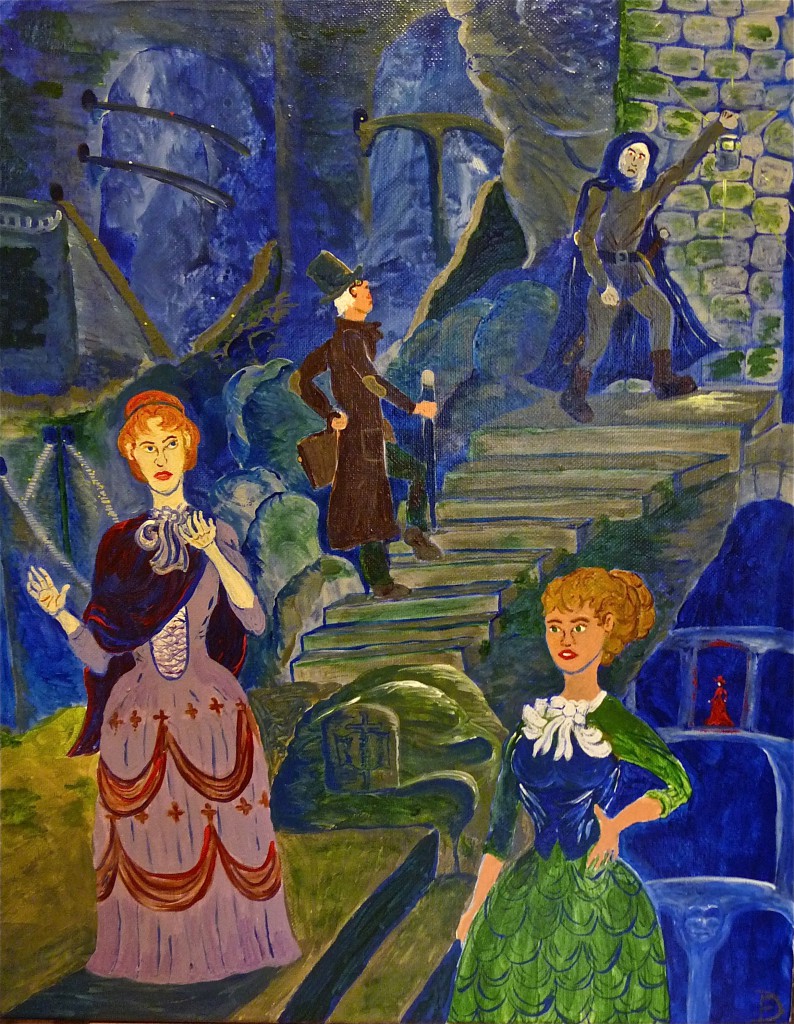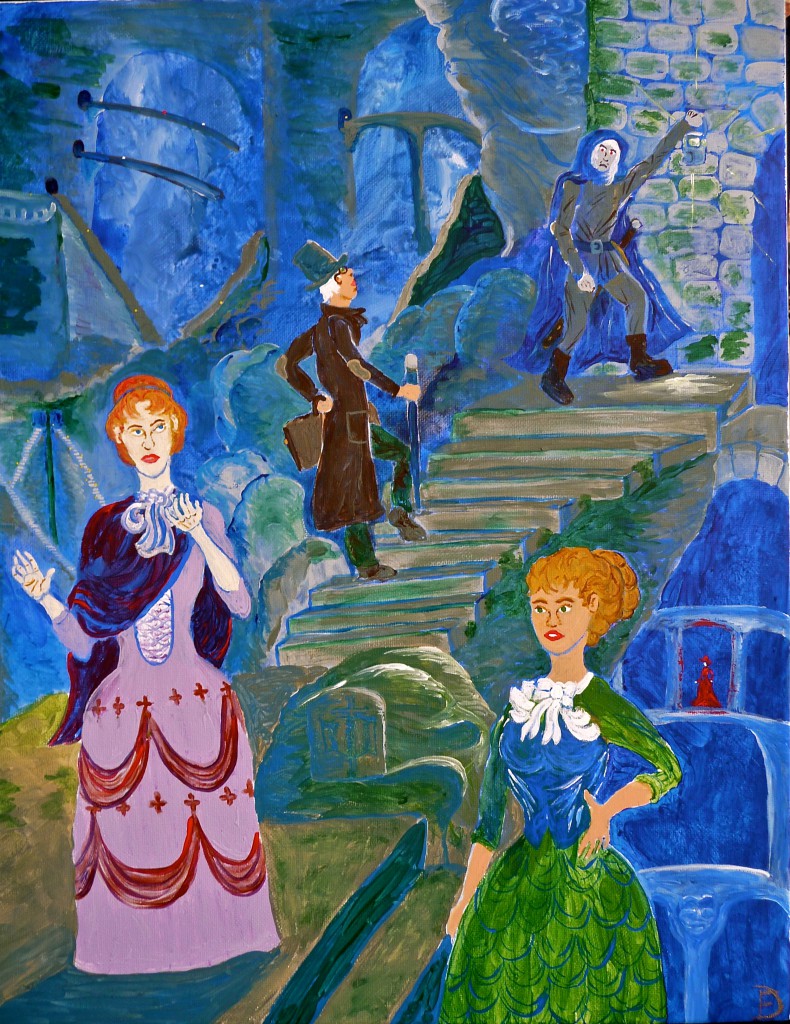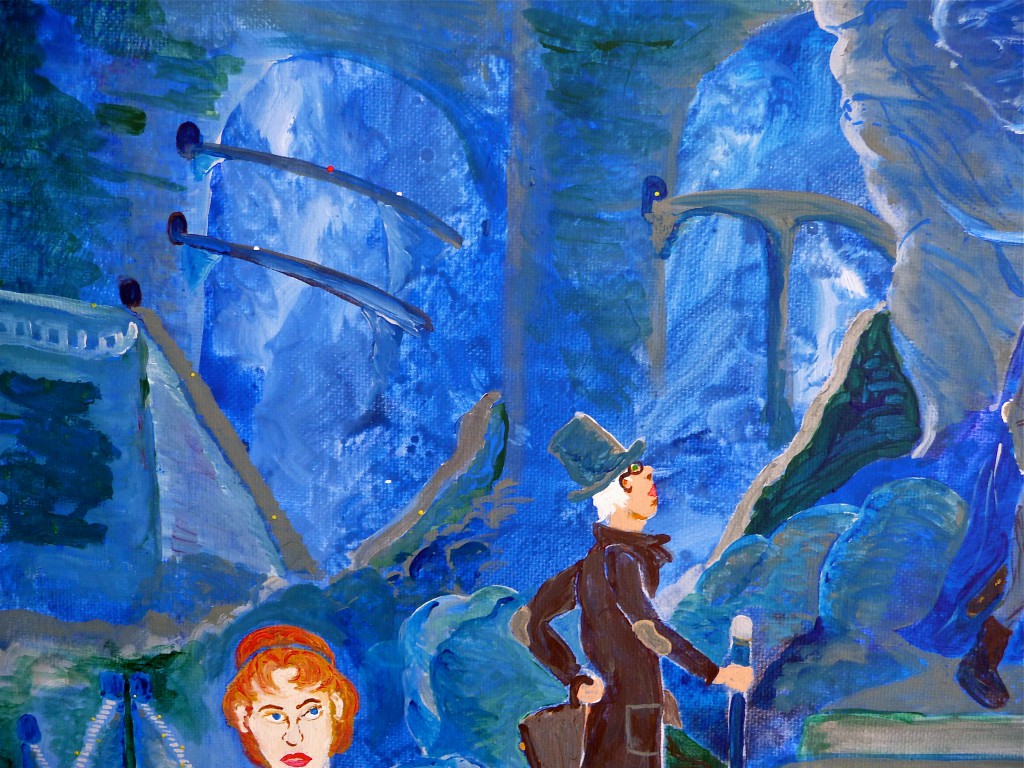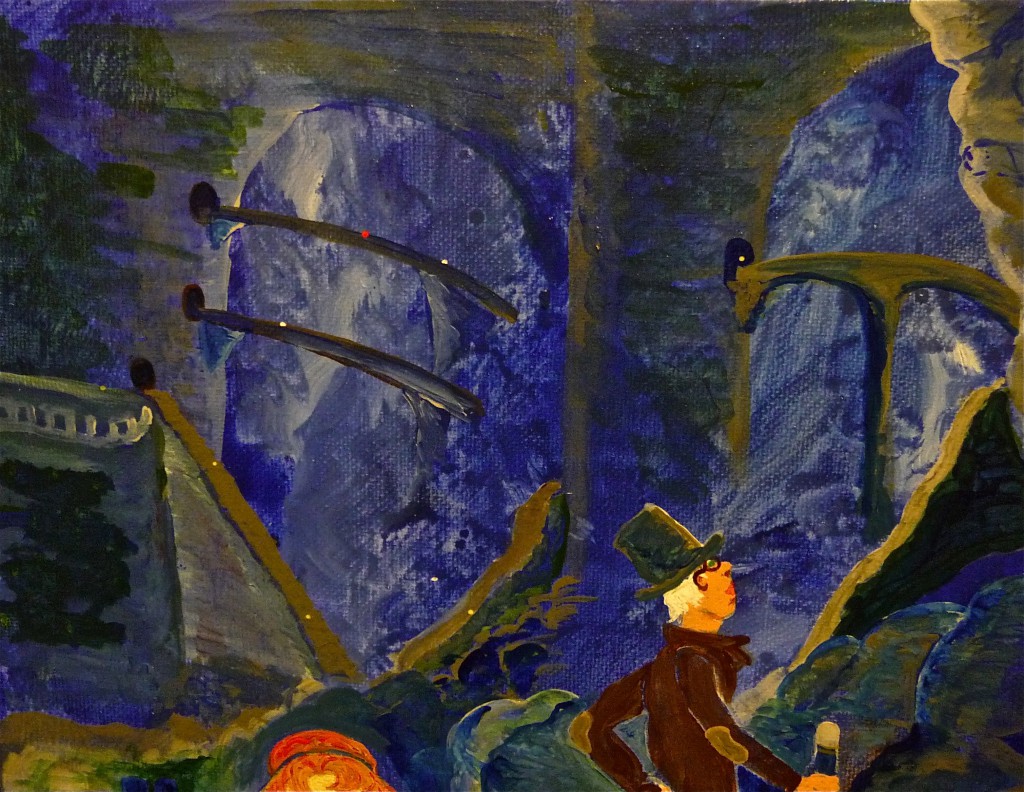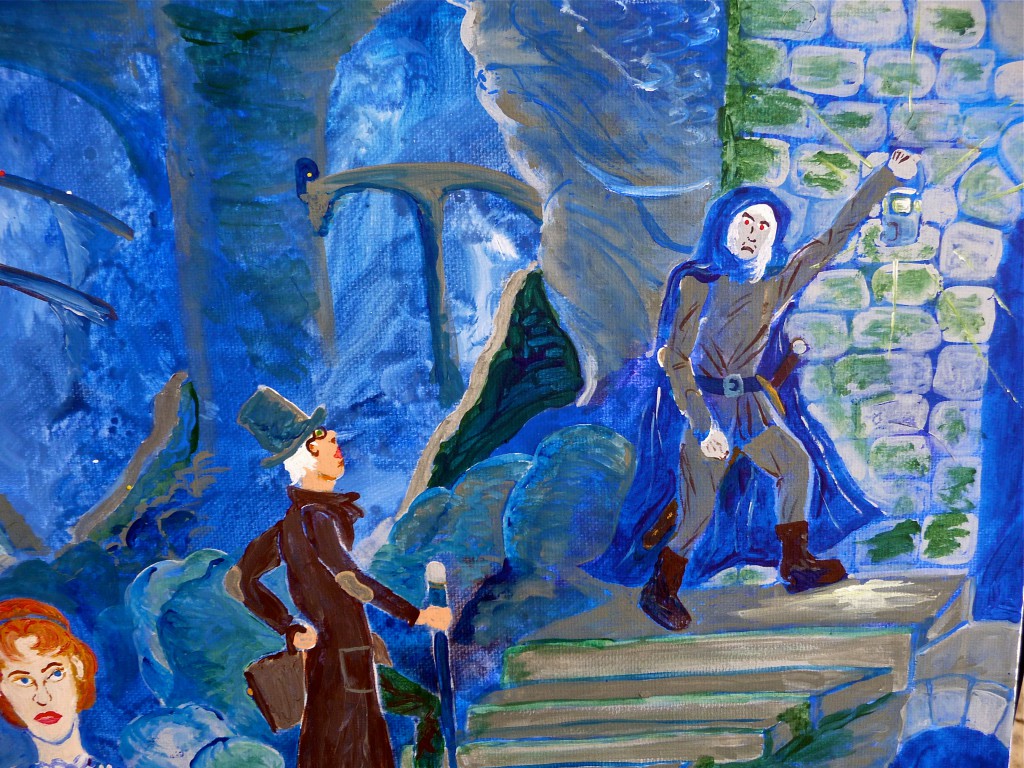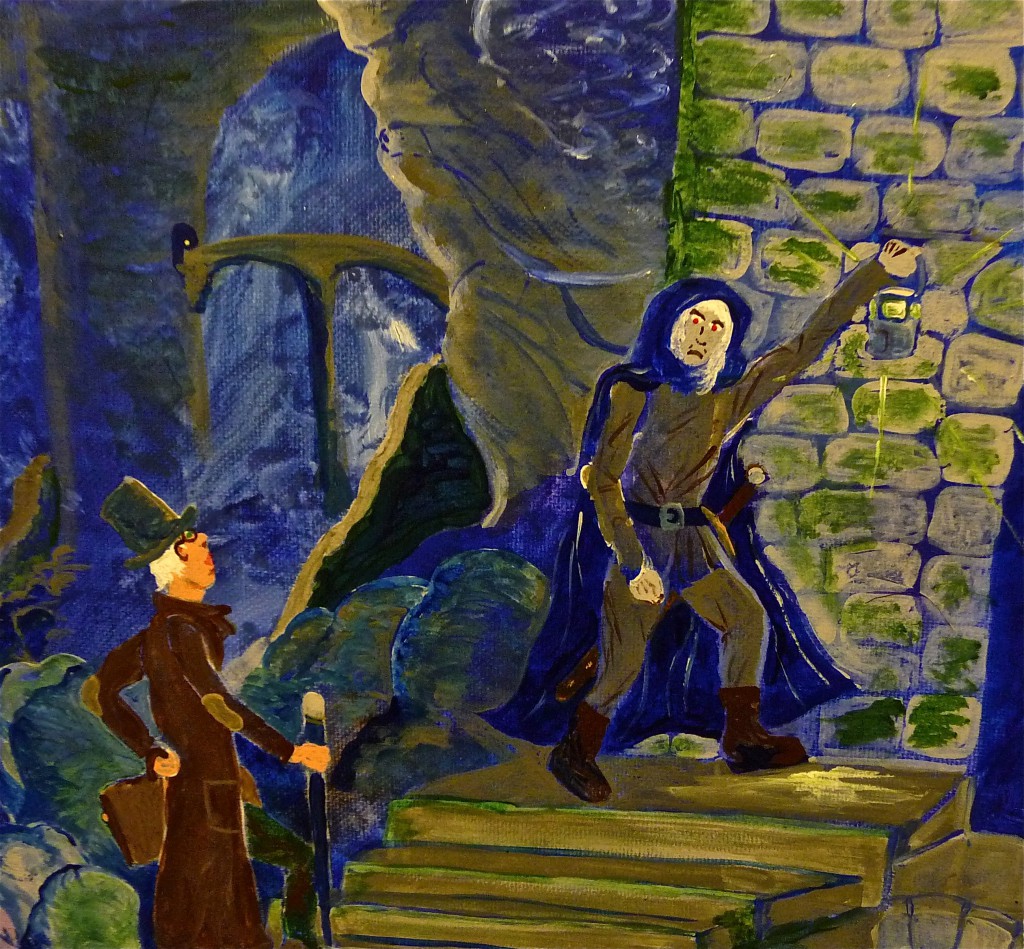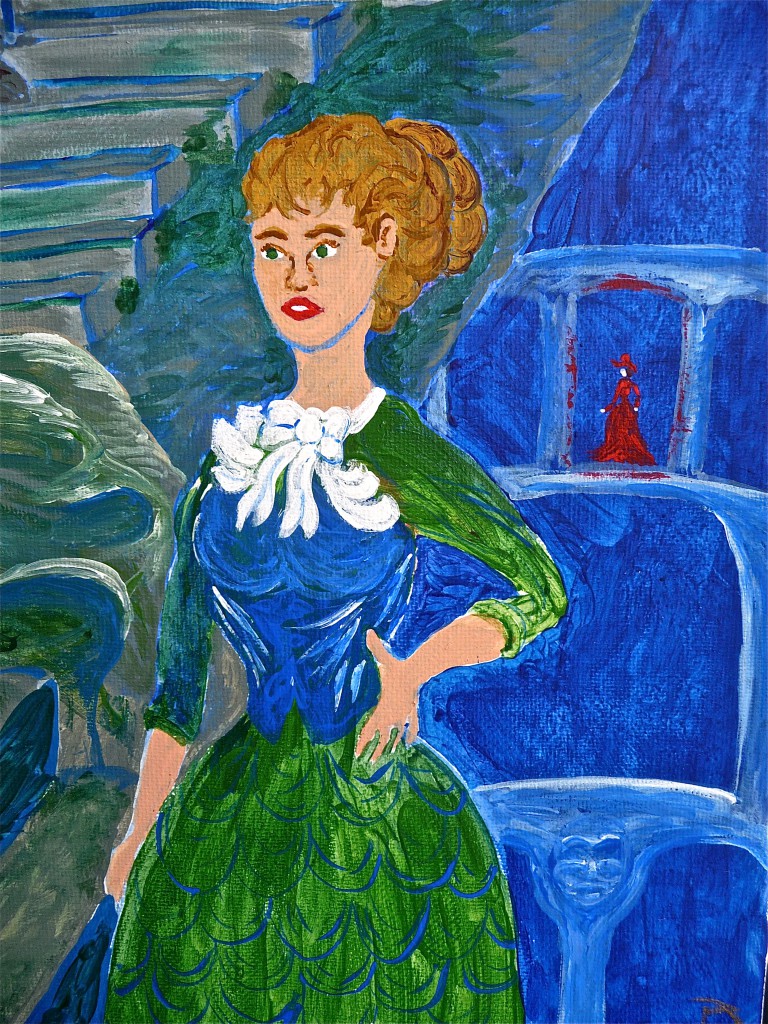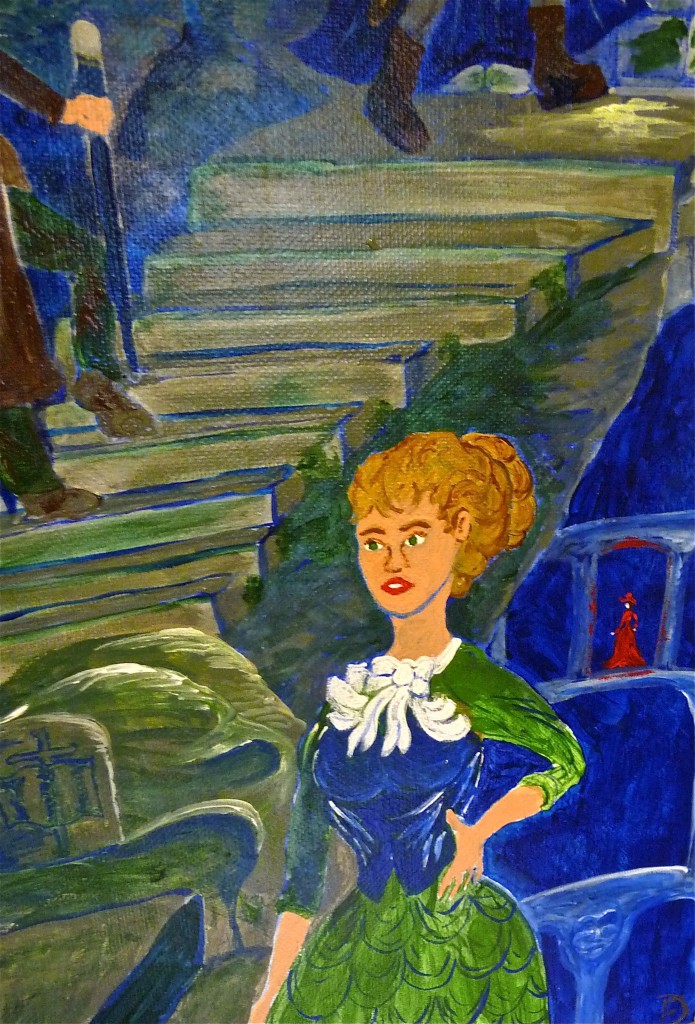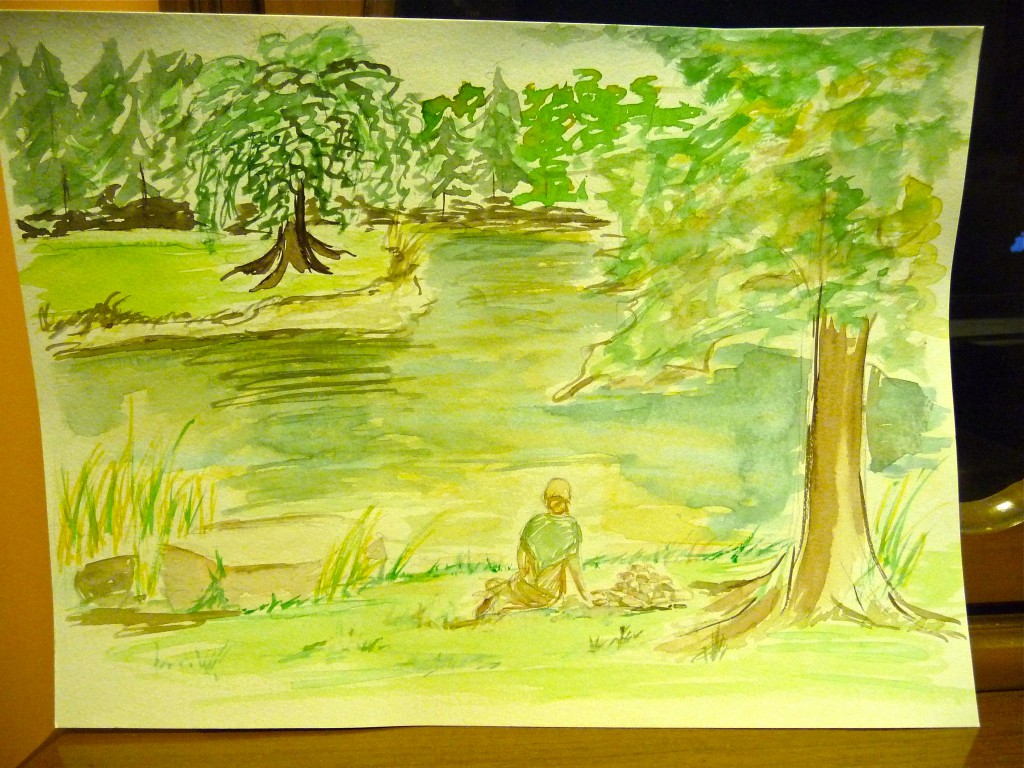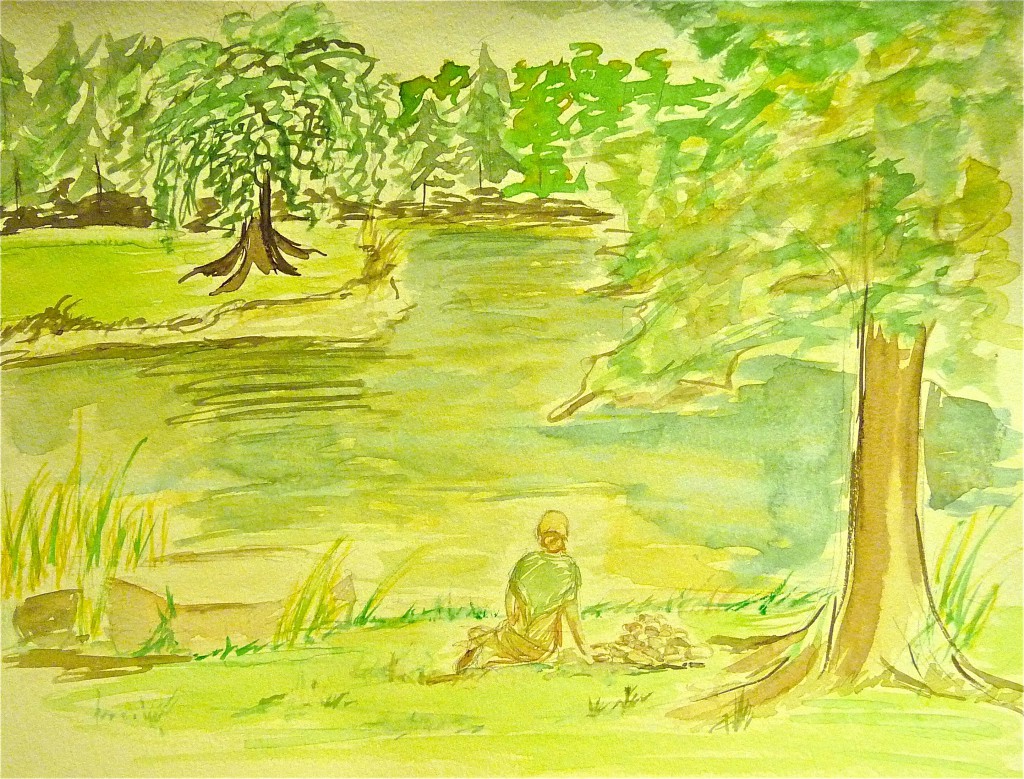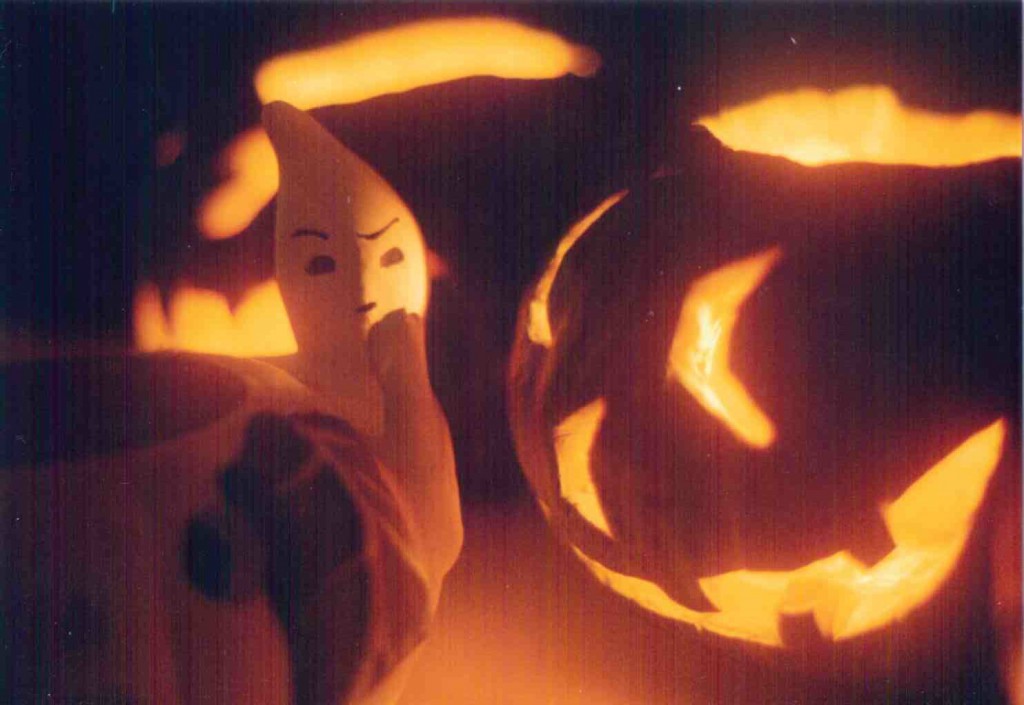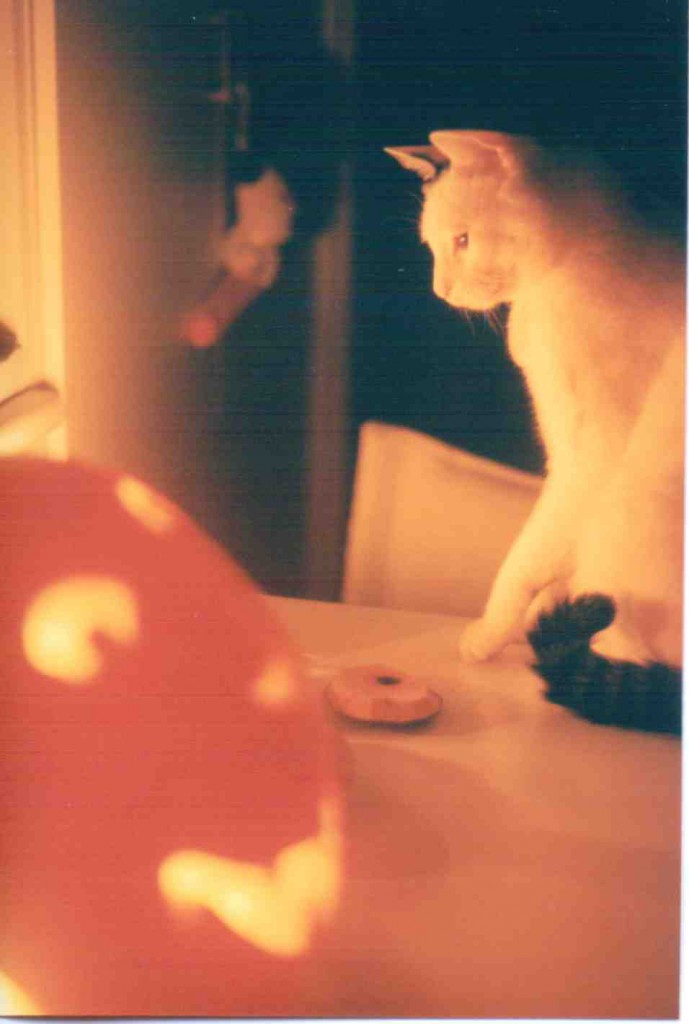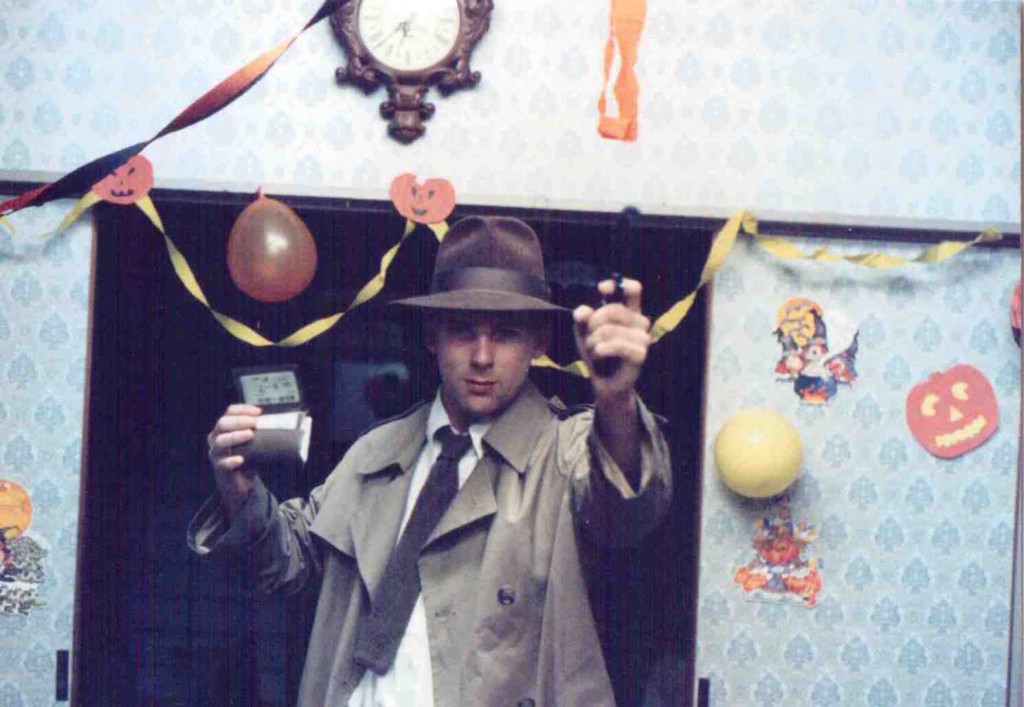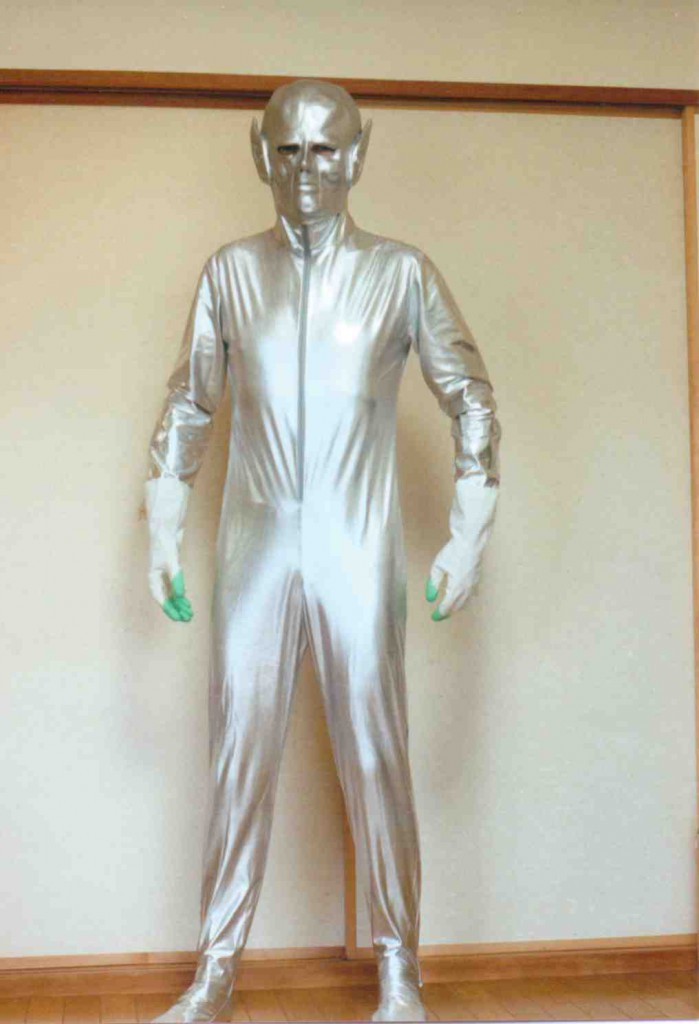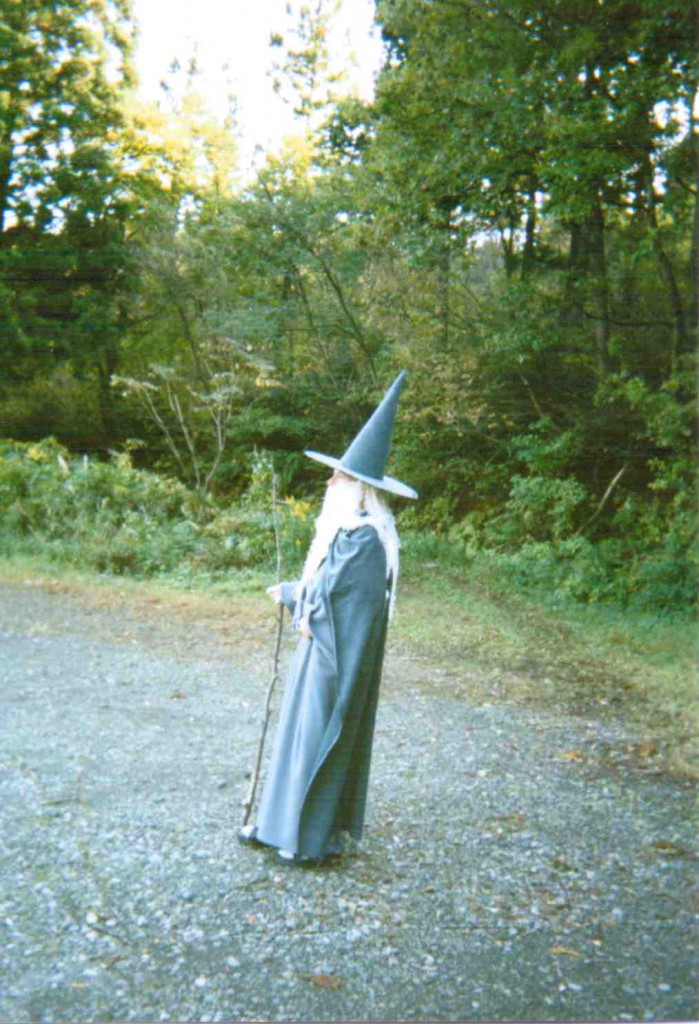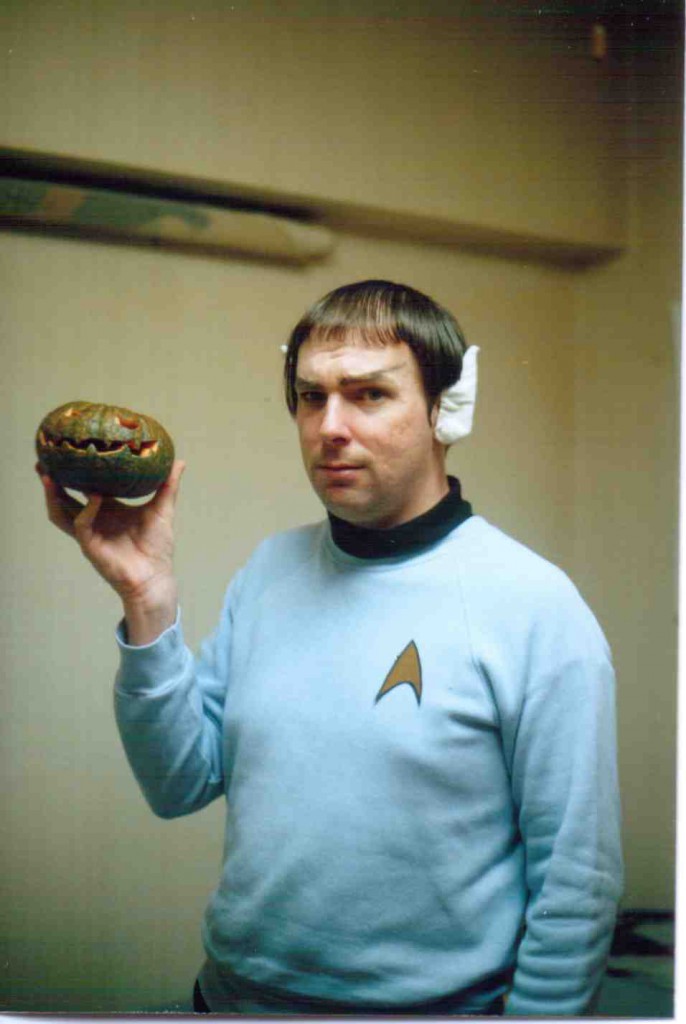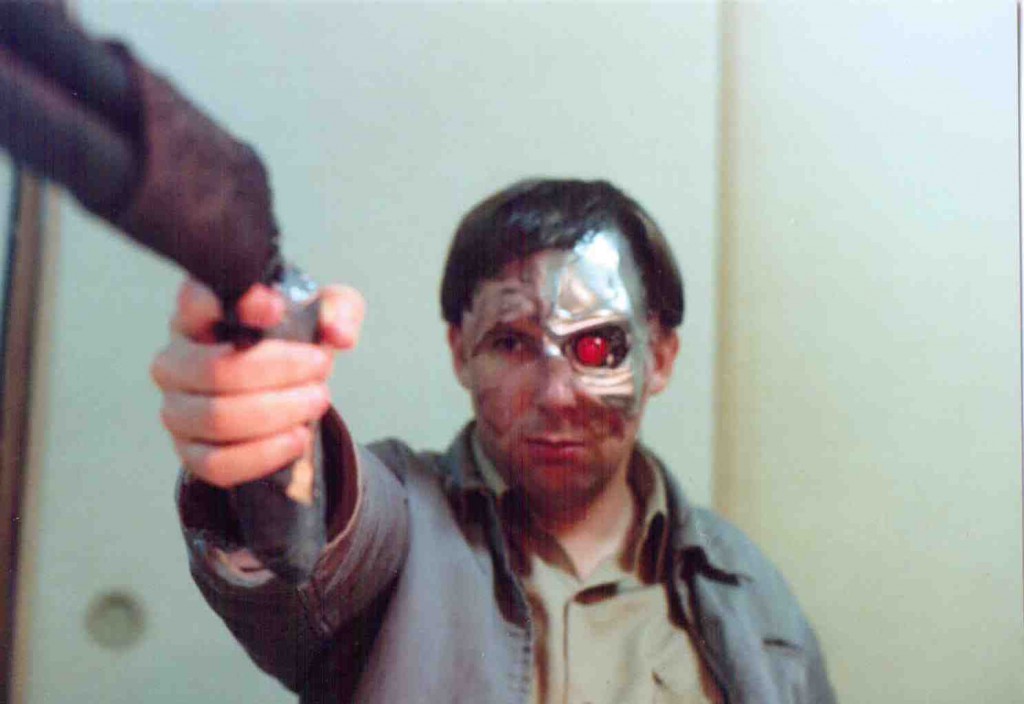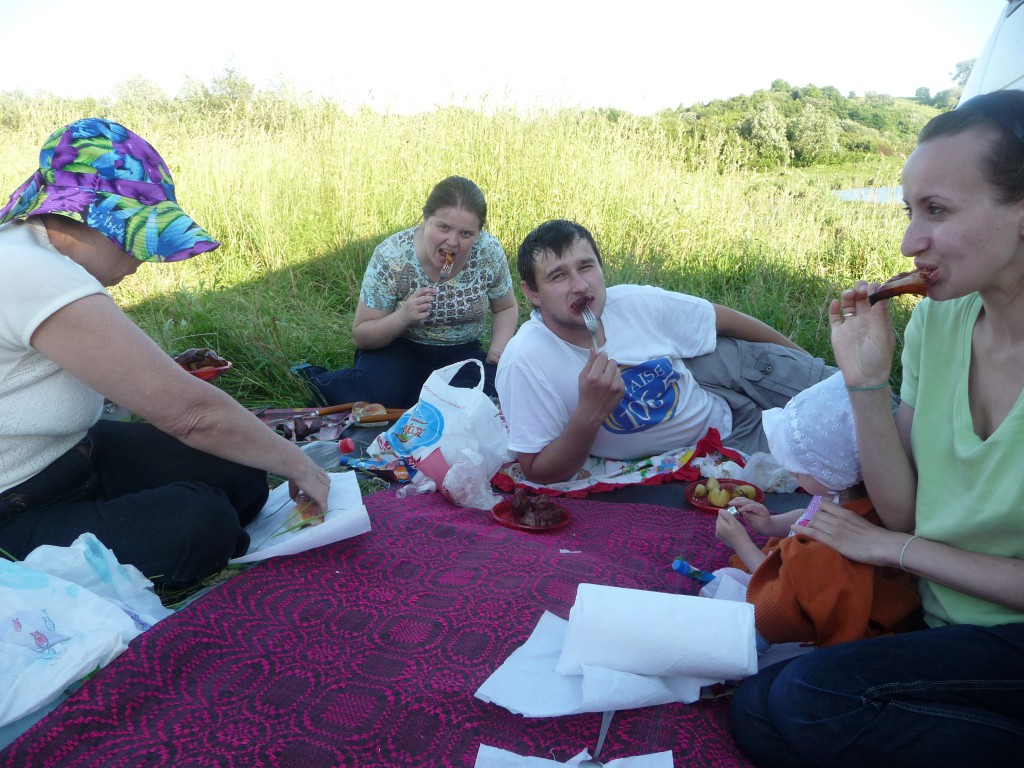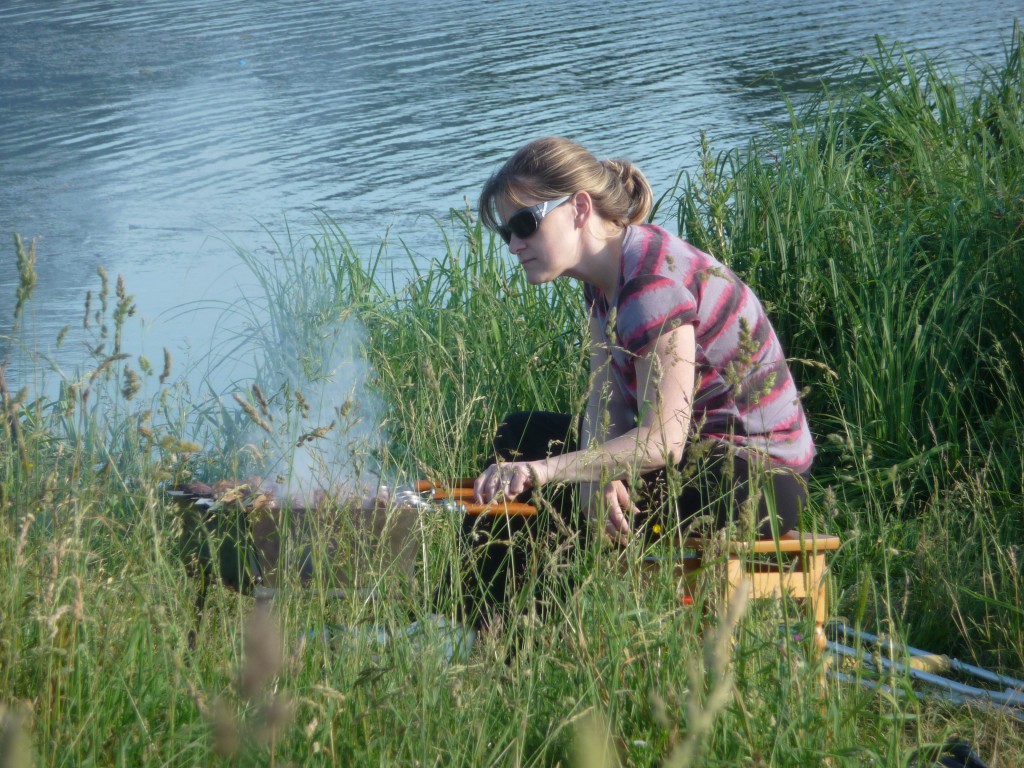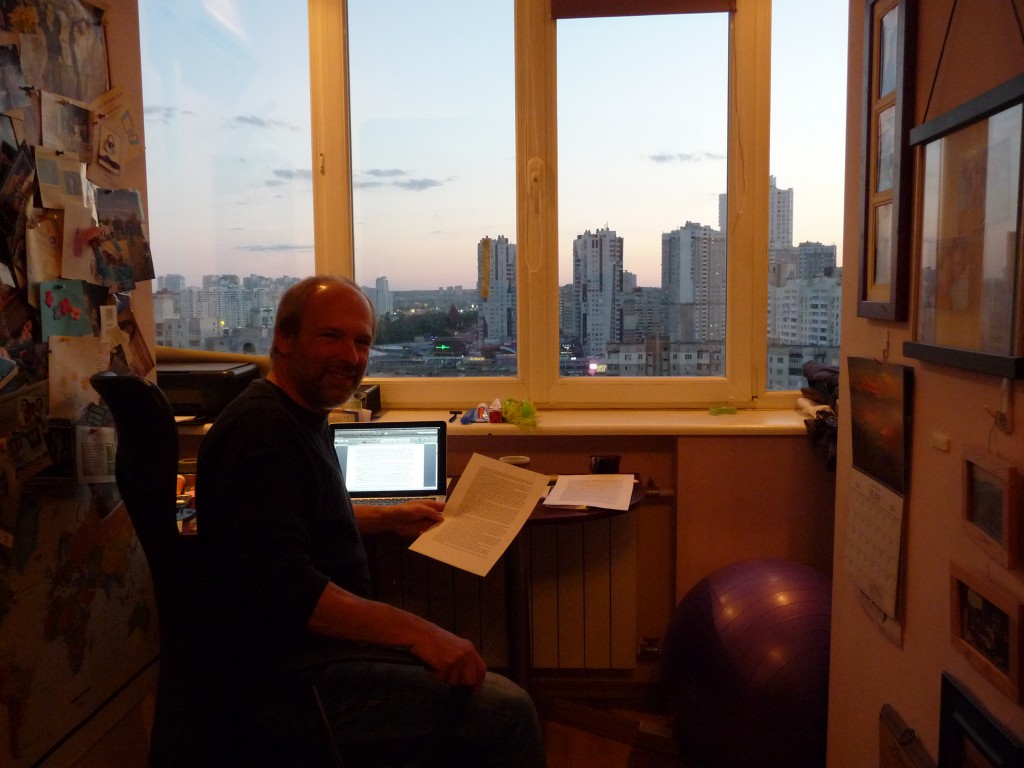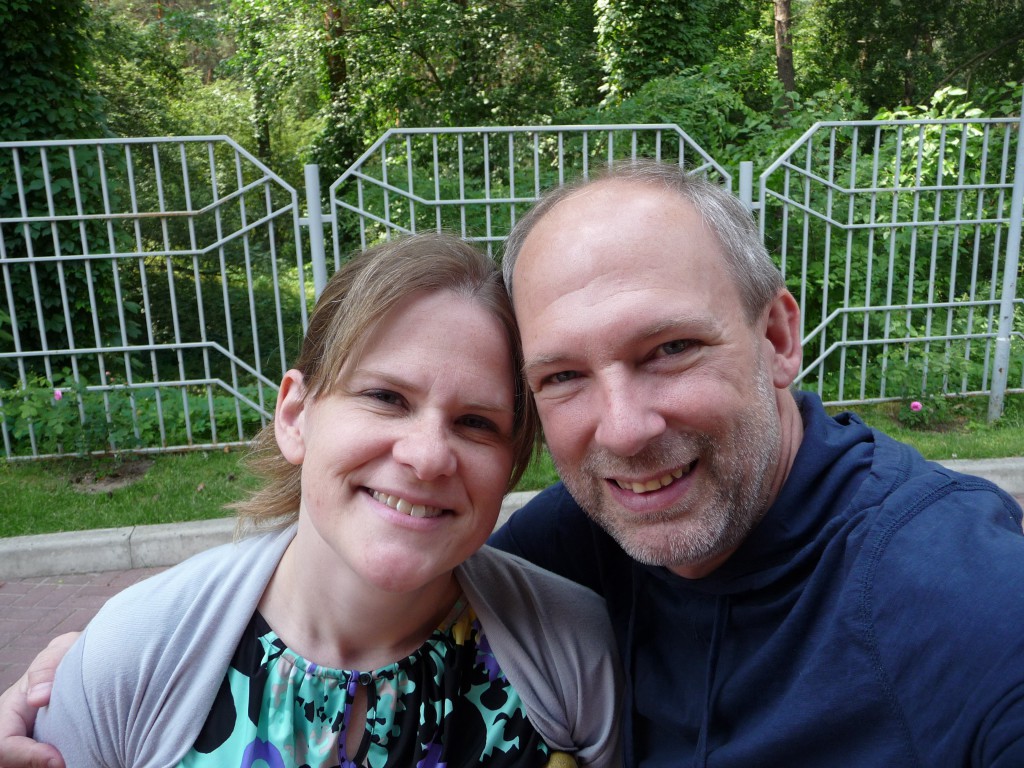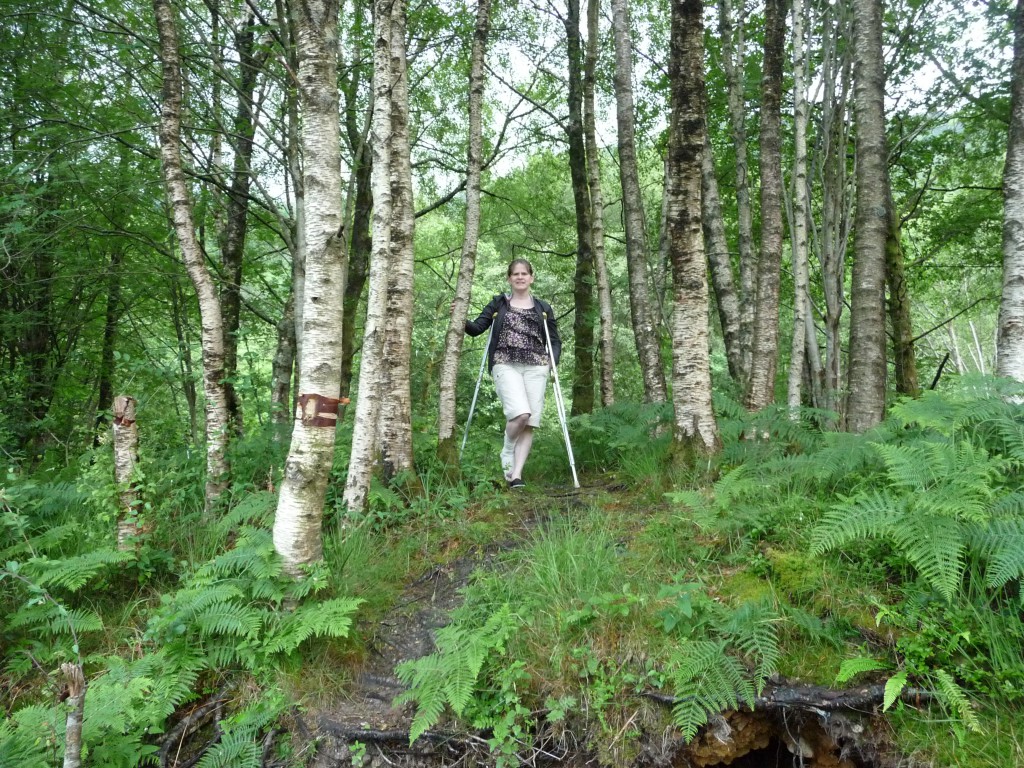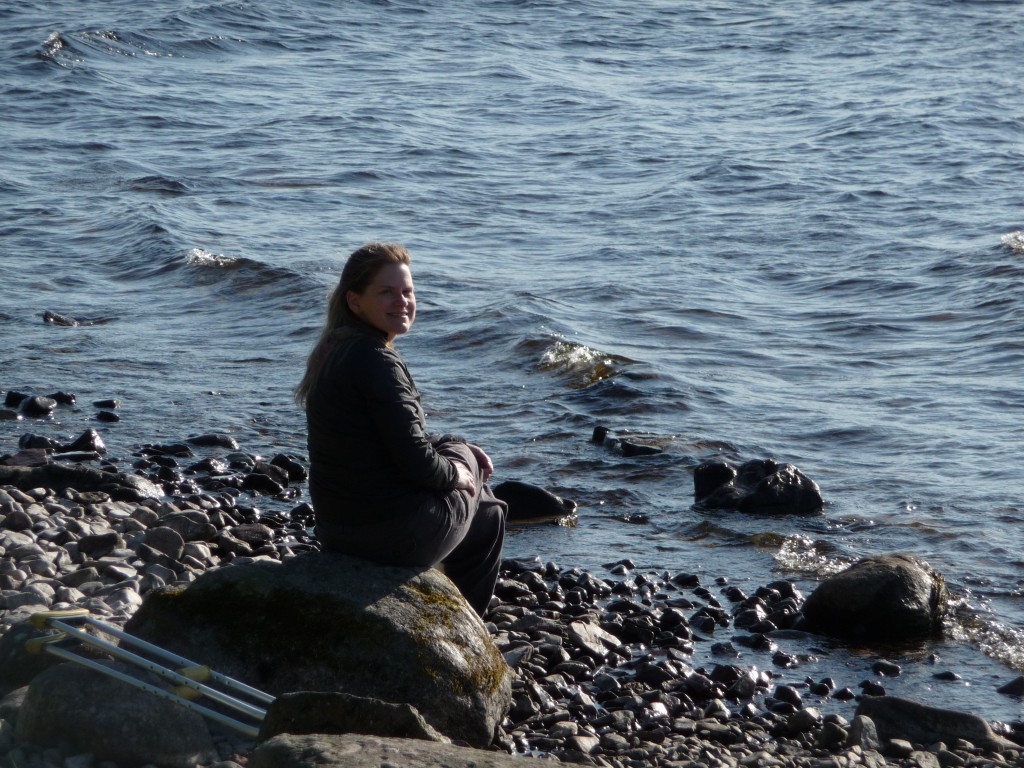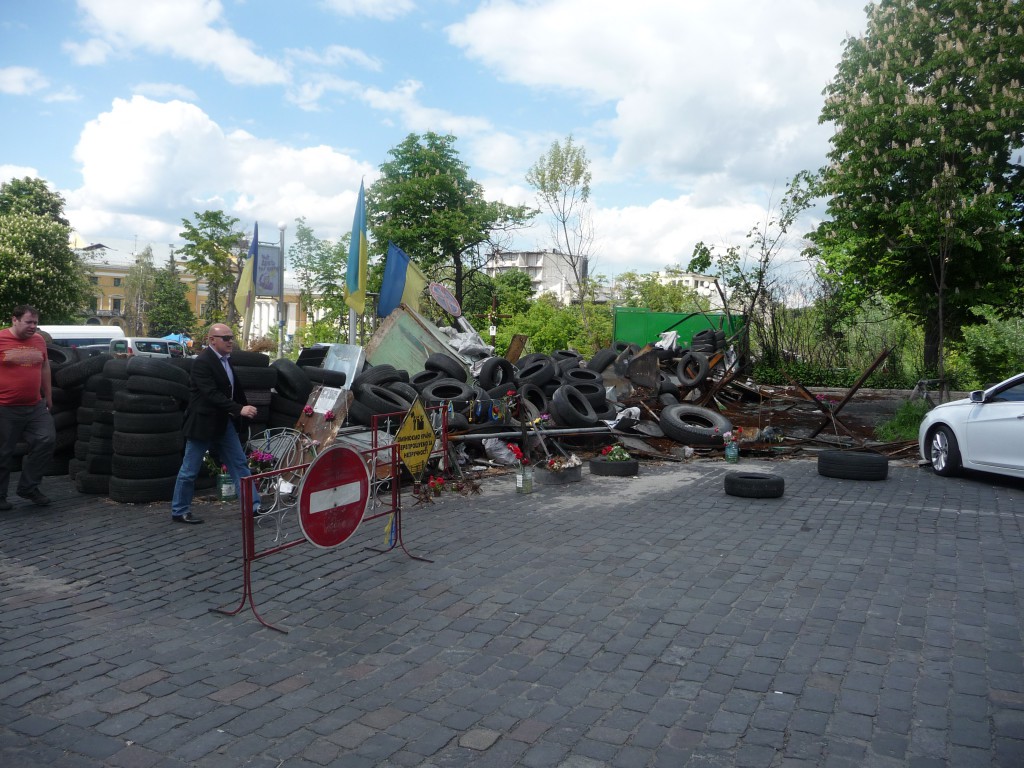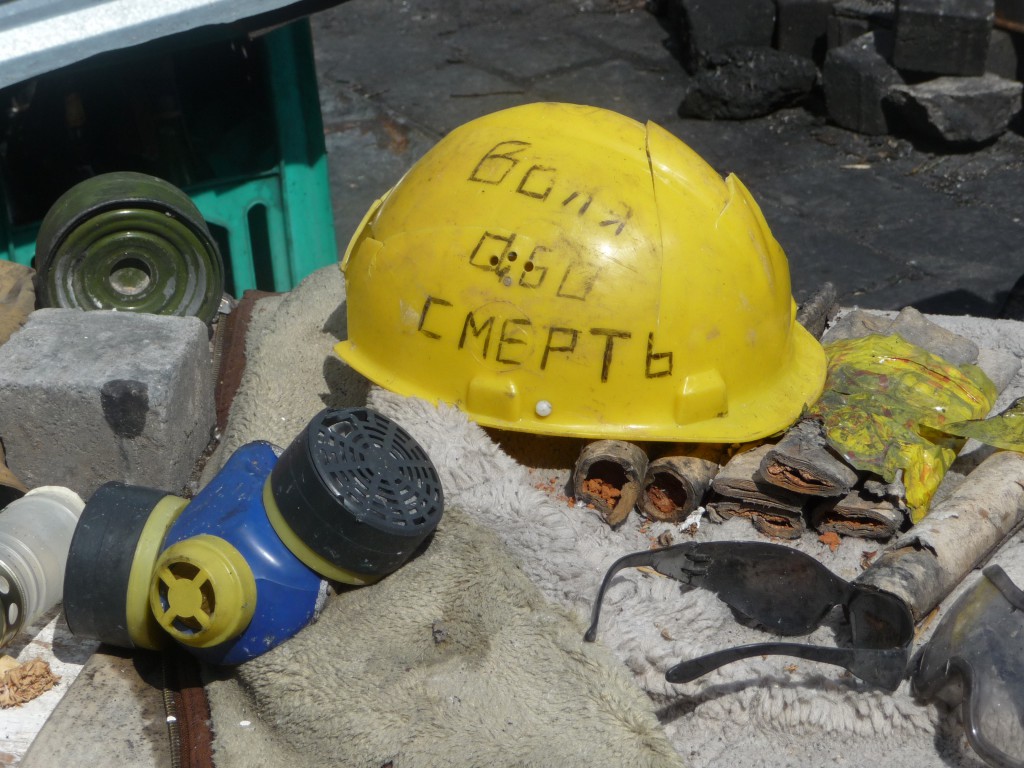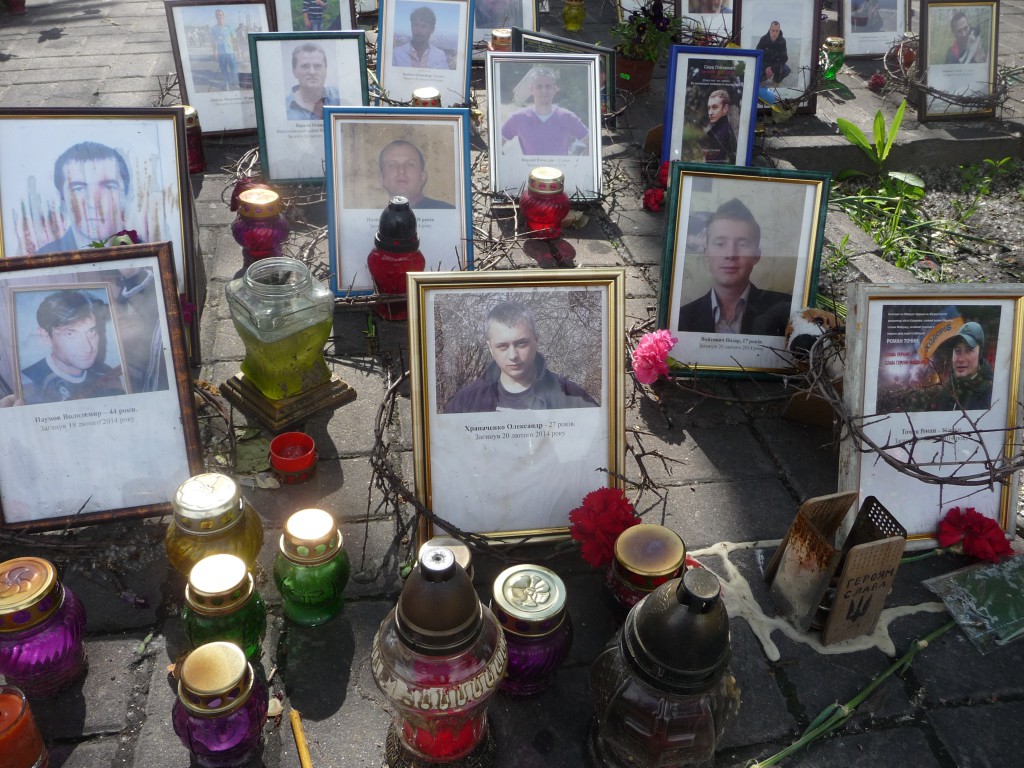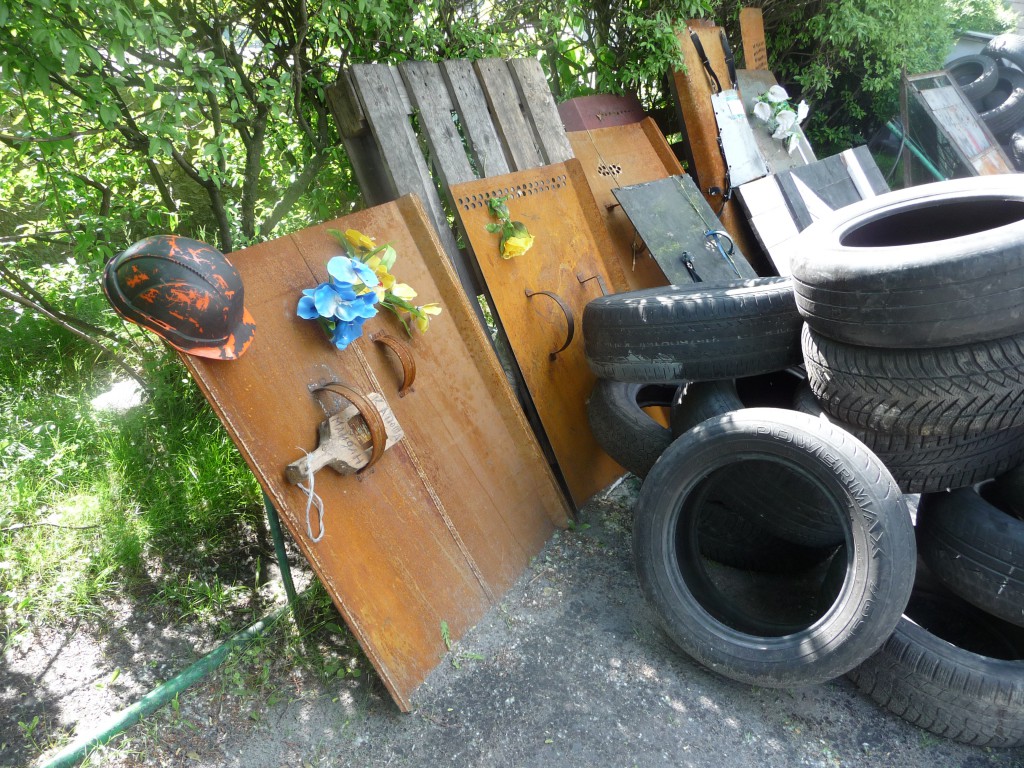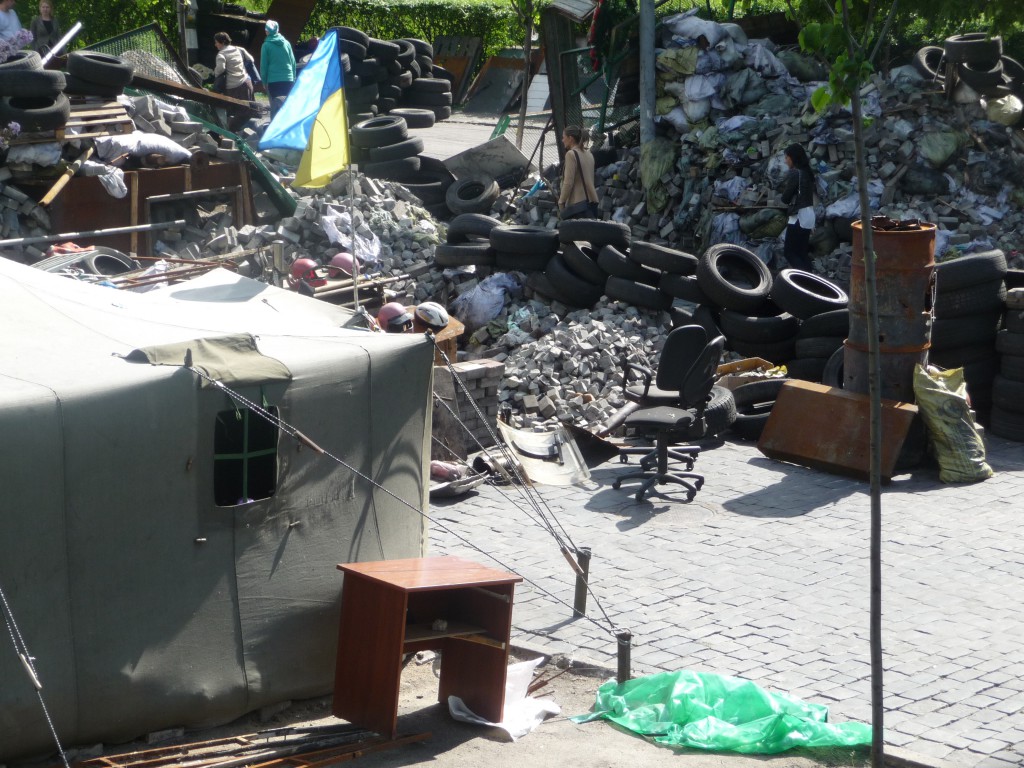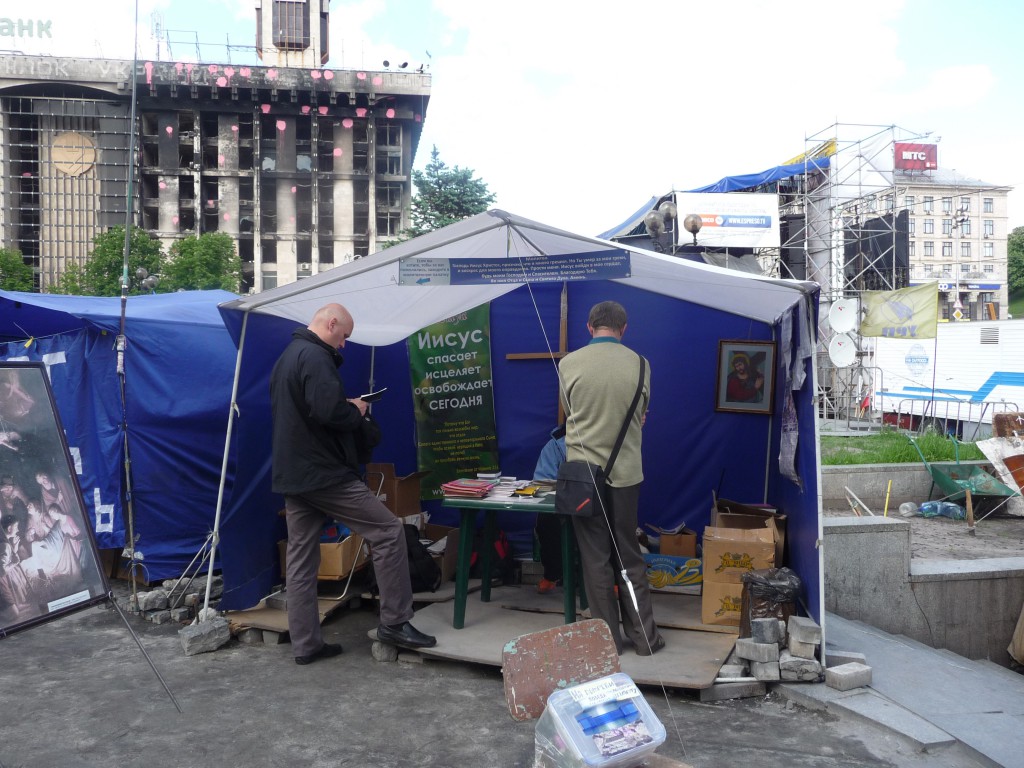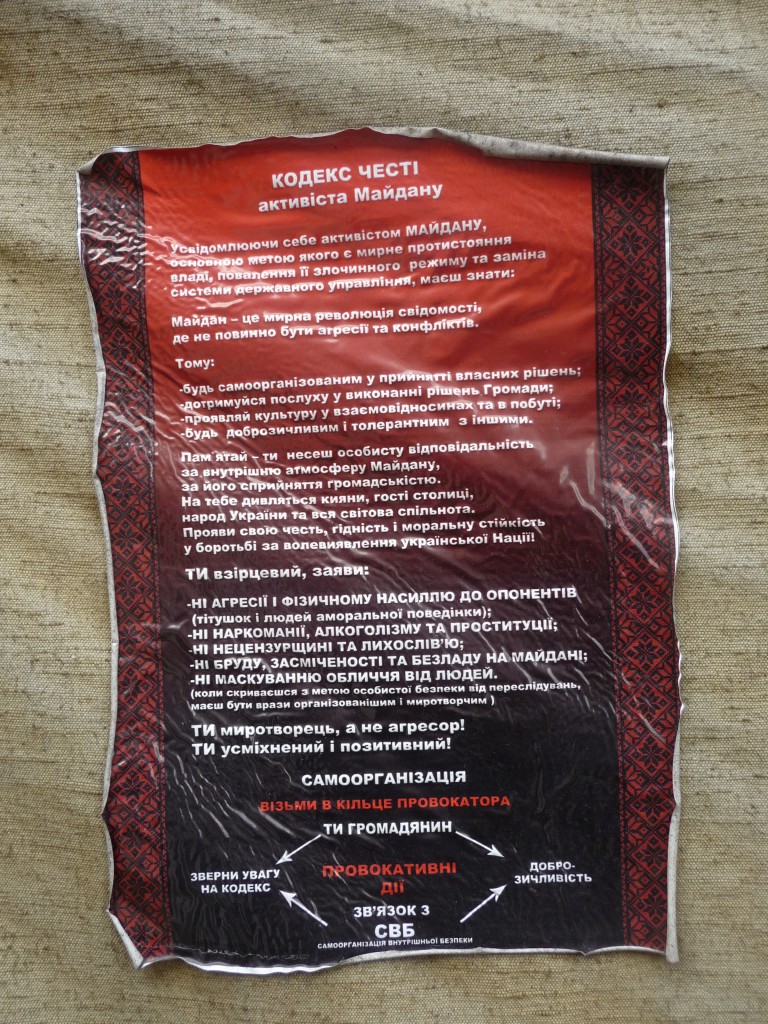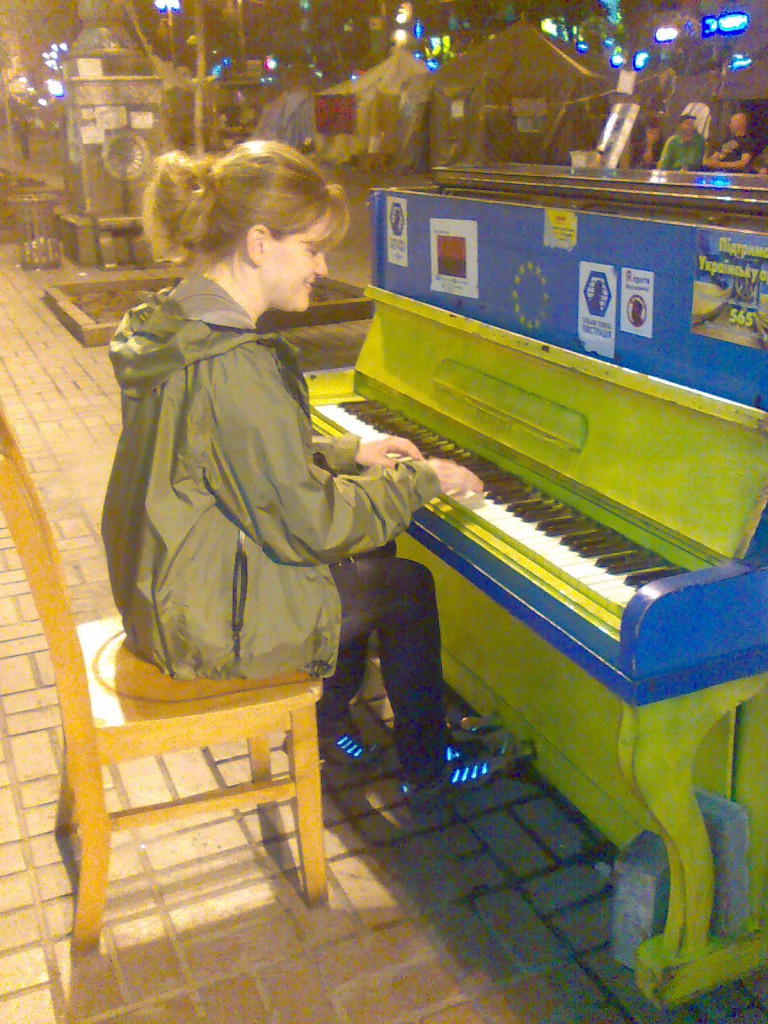We’re back from our nation’s capital, and what a fantastic weekend it was at the 40th World Fantasy Convention! This was Julie’s first time to attend, and it was wonderful getting to introduce her to “my people.” She enjoyed meeting them and becoming able to put faces with the names she hears so often — and everyone was certainly thrilled to meet her!
The weekend’s top story: it’s official now — my novel The Sacred Woods is going to become a published book! We’ve known about this since June, but it’s taken awhile to work out all the details. On Saturday, I signed the contract with Saga Press, the new fantasy imprint of Simon and Schuster. Look for the book to hit shelves in Summer 2016, Lord willing! Ahead lies the joyous task of final edits and determining the physical characteristics of the book. I am greatly looking forward to working with the Saga Press team!
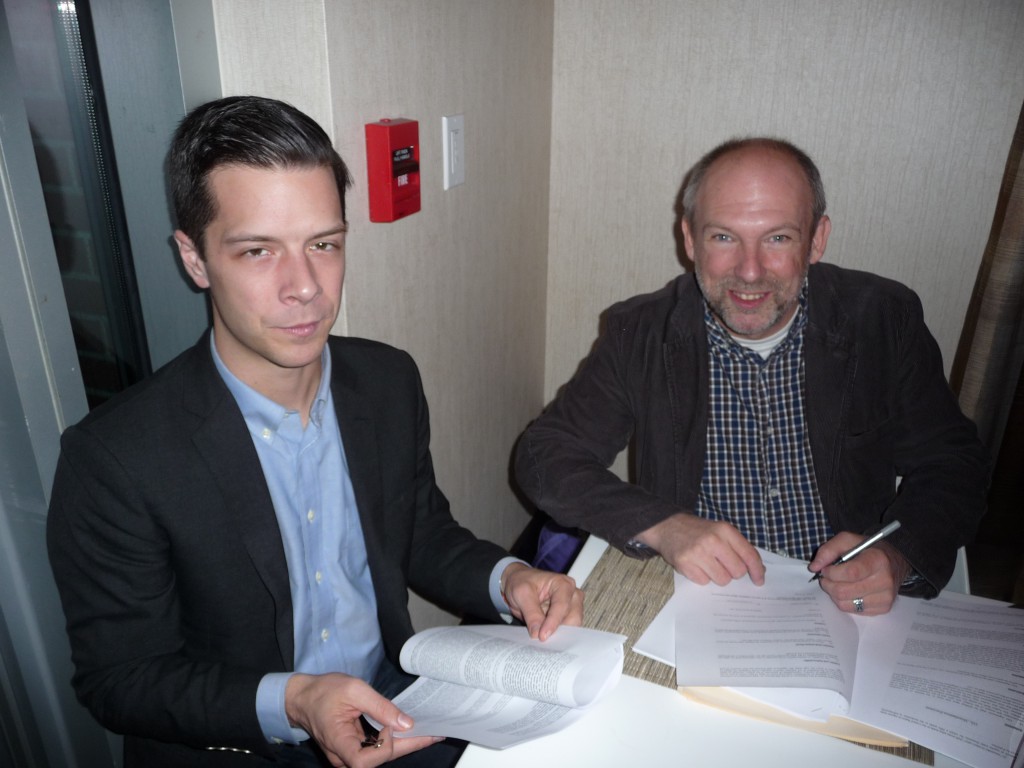
Signing the contracts for THE SACRED WOODS at World Fantasy 2014 (Arlington, Virginia) with my tremendous agent Eddie, whose efforts brought the deal about.
Along with my amazing and indispensable agent, credit for this deal must go also to Navah Wolfe, my editor at Saga. Navah first read the book back in 2009 (?) — around that time, anyway, when it was first making the rounds. She was then in charge of a children’s imprint and had to pass on The Sacred Woods, since it’s for a somewhat older audience. But she never forgot the book, and this past summer, out of the blue, she contacted Eddie and asked if it were still available. She had become editor of Saga, and was now in a position to make an offer! Since June, she has worked with Eddie from her end to make the deal happen.
At my reading on Thursday, I read the beginning of The Sacred Woods, and it seemed to be well received — I actually had a modest but dedicated audience! I am immensely grateful to the folks who showed up to support me, friends old and new.
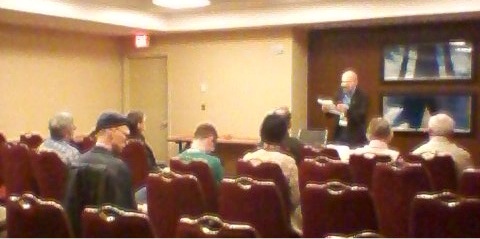
Reading
I wish we’d taken more pictures. I’ll just have to describe things. On Thursday evening, Julie and I were dinner guests of Saga Press. It was delightful to eat and visit with editors Joe and Navah, plus other Saga authors and artists — all really personable, down-to-earth people. On Saturday, we were guests of JABberwocky, the literary agency that represents my work. Both dinners were truly enjoyable!
This was one of the best years for the layout of the convention. Everything was easy to find and reach, all within the same building. I can hardly describe the wonder of taking a glass-walled elevator — or looking down from the escalator — and seeing the host of fascinating, erudite, creative folks arrayed across the various floors of the hotel, sitting, standing, chatting . . . living legends of the field, young writers just learning their craft, great luminary editors, anthologists, visual artists, book collectors from the far reaches of the continent, all here, all spending a few precious days together. Julie finally got to see in person that it’s not a gathering of people dressed like Gandalf and Glinda (though there’s nothing wrong with that, either!); it’s more like if you could hang out with Tolkien, LeGuin, L’Engle, Aristotle, Algernon Blackwood, the real Gandalf and Glinda, your favorite professor, the people who run your favorite indie bookstore, and your best friends from college . . . you get the idea. One friend of ours describes World Fantasy as like being back in college again: immersing yourself in the world of ideas and staying up till all hours talking with really smart, fun people.
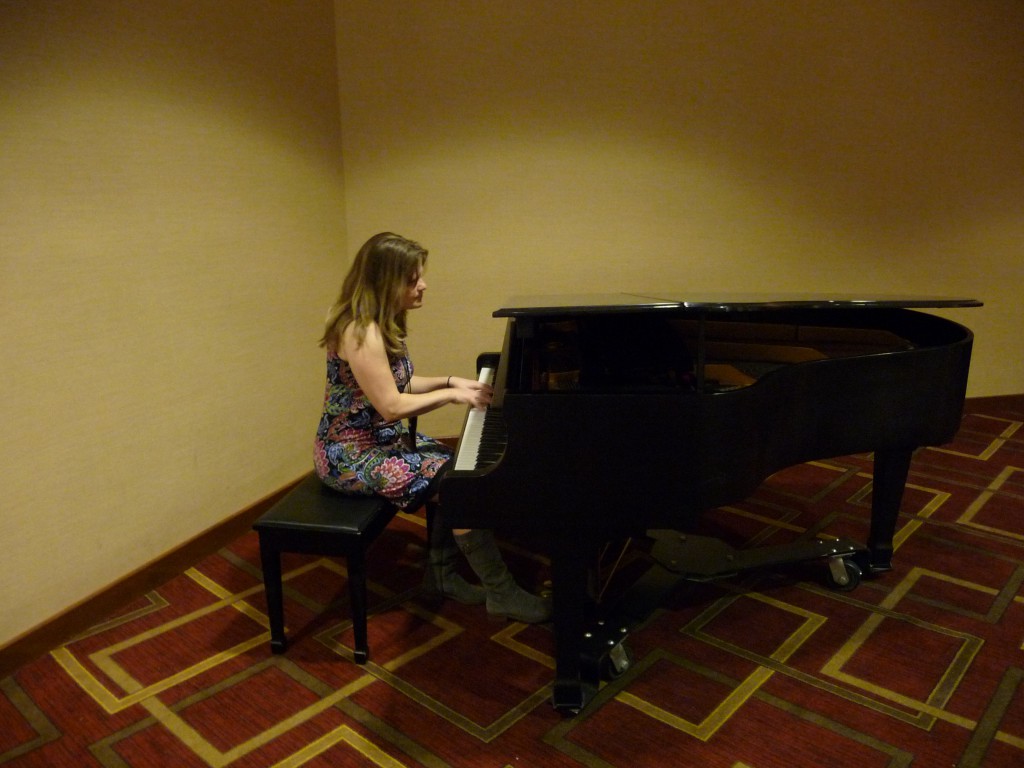
The hotel’s lowest level had a grand piano that cried out to Julie. Her compositions for my SIGNS AND SHADOWS made their debut at World Fantasy 2014 in an impromptu concert. Though it wasn’t intrusive, lots of people at the nearby reception got to enjoy some background music, and some of the hotel staff stopped to listen appreciatively and praise the pianist. Great times!
The mass book-signing session on Friday night was great fun! I divided the evening between signing a few books myself and being a total fan boy, towing Julie around through the grand session where all the writers sit along nearly endless tables, where fans and collectors cart in dollies and boxes and mountains of books. I’d brought a boxful of books from our shelves at home, knowing their authors would be present, and I got most of them signed. Every author just finds a place wherever s/he can, and the chaos only makes it more fun. You have to wander around to find people; and that leads you to discoveries of writers you didn’t know were present. It helps you bump into old friends on both sides of the tables, so it’s as much about visiting as it is about signing. This event is the one time of the weekend when pretty much everyone at the convention is together, so it’s the best time to track someone down.
It was a ton of fun explaining to Julie who the various writers were, what they meant to me, and she was a great sport. She manned my table, too, while I went to collect the personalized signatures of a few late-comers. And there was still time for me to settle and sign some copies of Dragonfly and The Star Shard. Fun, fun, fun! The conversations were the best. Old friends were very happy to meet Julie, and it’s always great to catch up with these people who love books. It was a joy to be at home.
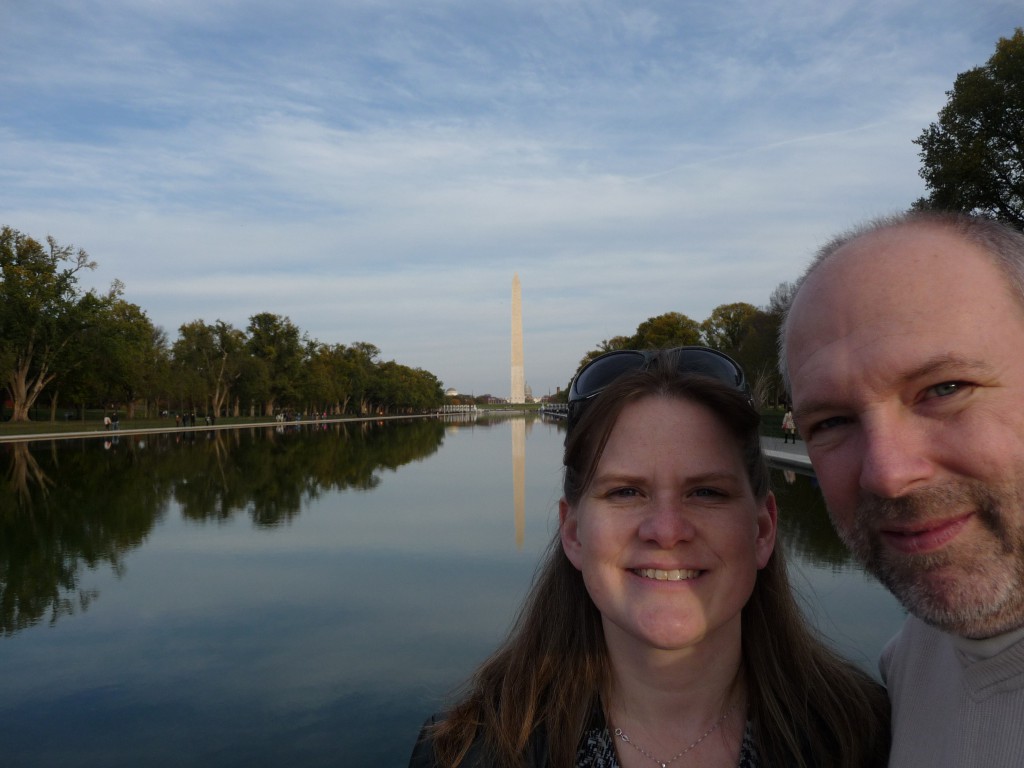
The National Mall, November 2014
What else? I should jot down some of the notes from panels, the snippets of wisdom and rumor that can lead to good story ideas and better craft . . .
The sheeted ghost (wearing a shroud) is a product of the Industrial Revolution. Before that, cloth was too expensive to use for shrouding corpses, and ghosts appeared as shadowy figures, etc.
Read Bradbury’s “The Wind.”
S. T. Joshi thinks Nazareth Hill by Ramsey Campbell is the best ghost novel ever written.
Arthur Machen’s “The Terror” was the source of The Birds.
China Mieville’s Embassy Town is a love letter for linguistics aficionados, beautifully done.
Language is the closest thing we have to smell in a text. (This was from a panel about using other — especially imaginary — languages in stories. One advantage of using words from a different culture we’re writing about is that it’s one of the best ways to evoke nuance on a sensory level — like smell.)
A study done in Spain: acquiring new words stimulates the same part of the brain as sex, drugs, gambling, and good food. Yep! I’m not condoning half of those things, but new vocabulary is exciting — that’s how we’re wired.
Using a new, invented language in your book takes the reader back to pre-language: it makes us a baby Klingon, for example, taking in the world, learning for the first time. It’s transformational. It tells the reader to re-learn. Over-consistency in language seems fake; real languages aren’t that consistent. Languages are messy.

The Washington Monument
From usage, natural shortcuts in language occur — even in artificially created ones, such as Klingon! The real Klingon experts have noticed that: people who use the language are beginning to invent slang and simplifications! It’s morphing, alive, like every other language that people use!
Play against the stereotype, and the plot will move forward.
I want to know about the alien-language speech impediments — about their equivalents of “y’know” and “umm.” I want to know about two of the same kind of alien who can’t understand each other because of dialectic differences.
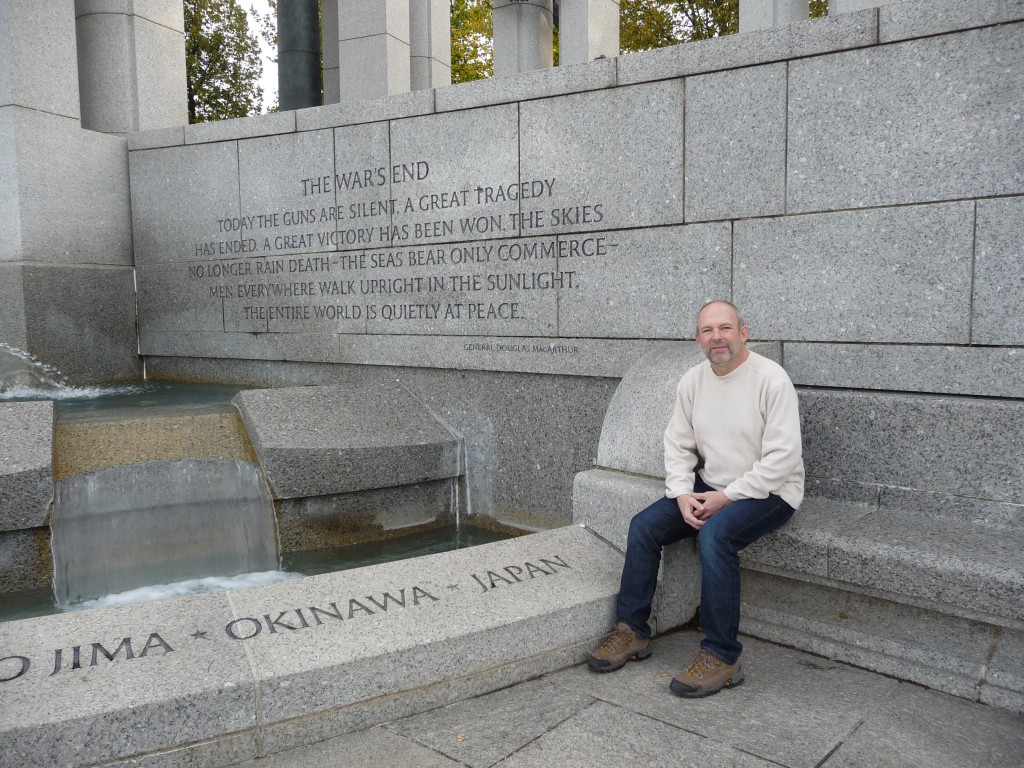
Fred at the WWII memorial — Pacific theater: the war moved from Pearl Harbor, battle by battle, island by island, to mainland Japan. A young Japanese couple were there at the same time as us, solemnly taking this monument and its engravings in.
In some ways, race is an illusion. If you walk across the world, you encounter gradations: everyone looks like they belong in a particular region. Aspects change subtly as you walk. People only change radically (physically) when you fly or take a ship from one part of the world to another, seeing none of the people between one group and another. Only with radical shifts do differences become apparent. We humans seem to have a need for distinguishing “the other,” so we’ve developed the concept of race. It’s mostly real because we make it real.
The hardest thing to believe about the old Star Trek is that everyone loved each other. That’s what took suspension of disbelief, not the technology.
Technology in fantasy: if you have a huge library in the story, account for who made those books, and how, and out of what.

The World War II Memorial in Washington, D.C.: lots of water evokes the oceans crossed for battle.
Technology advances step by step, with little improvements made over time. But medieval Europeans didn’t think they were making progress; they thought they were going downhill from the classical times of Greece and Rome. Petrarch idealized and advocated a return to a “Golden Age.”
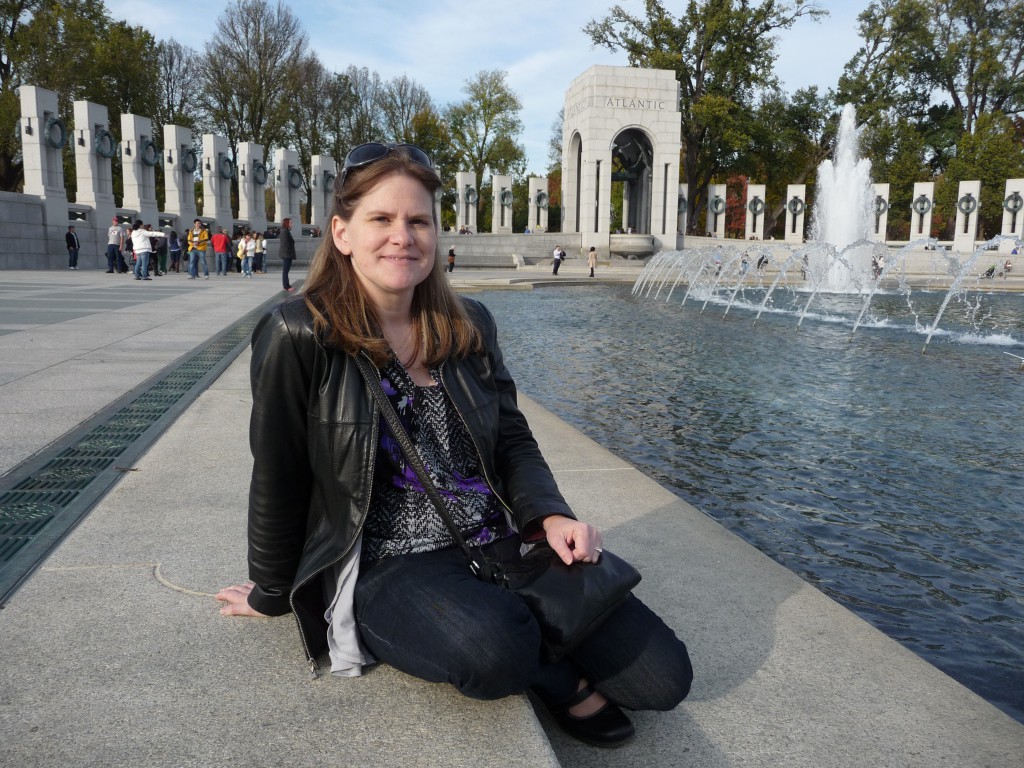
It was interesting how the WWII Memorial also reminded Julie and me about our two halves of the world, the places we’ve spent time. Here’s Julie in front of her half.
Writers love to write about castles ruined in battles; but show us something in a story that’s abandoned because it’s obsolete! That would more accurately reflect the world.
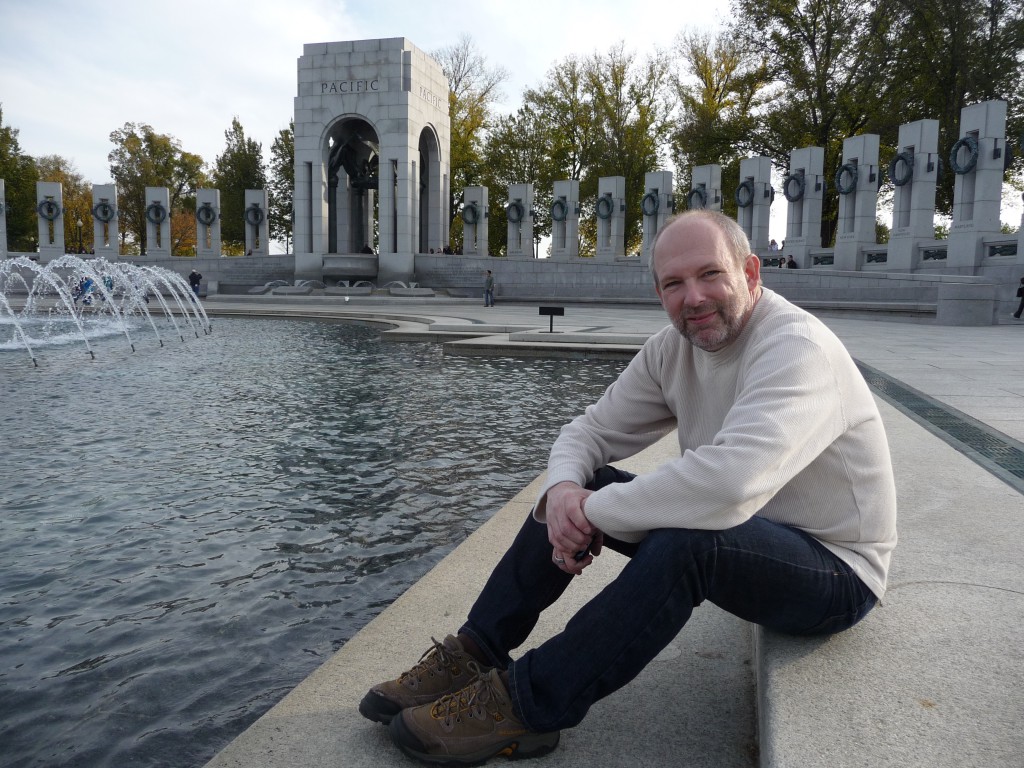
And here I am in front of my half.
Long ago, people in China built a three-story water-driven astronomical clock! Mechanical figures on it would move and play musical instruments. It was built to provide state-of-the-art horoscopes for the potential newborn emperors — the stars at the times of their births had to be carefully examined to see if the princes would become good rulers.
Before steam, there was water: old Chinese technology was built on water. “Waterpunk” stories, anyone?
The steam engine was first built to “magically” open the temple doors. The ancient Greeks had coin-operated temples: drop in a coin, and the lights would come on!

Intriguing tree and the Washington Monument
Examples of technology that allowed amazing victory over overwhelming odds:
Agincourt: the long bow
The Battle of Britain: radar
(And don’t neglect non-military technology! Remember household technology, etc.)
Remember that there is no one single lifestyle that was “the Middle Ages.” Things varied from place to place, and the 12th century was very different from the 13th, etc.
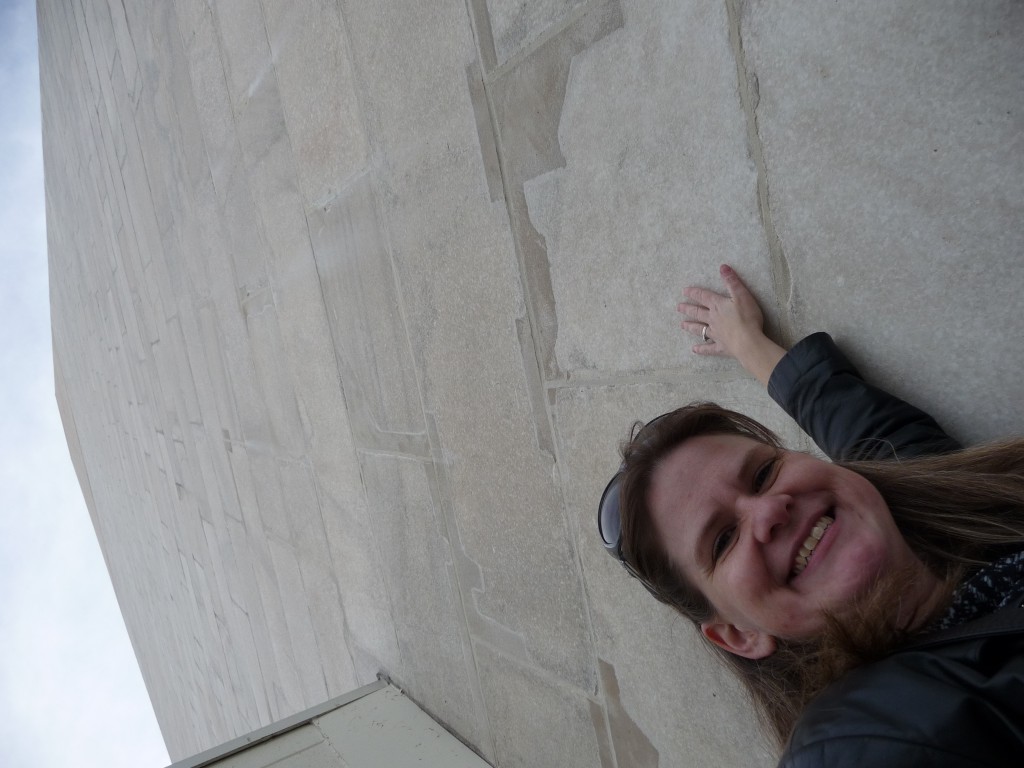
Touching the Washington Monument
“Flintlock fantasy” — a new sub-genre: Napoleonic era technology and attitudes in a completely different secondary world! Revolution, overthrowing old monarchies, etc.
Portray human attitudes toward new technology. People hang onto the past as long as possible. Sometimes a new form of technology is not yet refined enough to catch on for many years — not sufficient equipment to produce it.

Obelisks, giant Greek temples . . . the National Mall is eerily like the ancient world . . .
People view new technology through the prism of the old. Early drawings of cannons showed them shooting arrows. It took awhile to develop the cannonball. Early ideas for trips to the moon involved shooting projectiles out of cannons.
We think freaking out over new technology is a modern phenomenon. It isn’t. The first reactions of people to the “huge” numbers of books in monastery libraries was the same as when the train or the car was invented. People were overwhelmed, wondering how it could be, whether it was natural and right . . .

The White House
Before anesthesia, one quality of a good surgeon was the ability to work quickly.
So be careful not to treat characters and issues of past ages only with modern sensibility. Be aware of what people in those times thought and believed. But at the same time, be aware of what readers now are thinking about. Find the balance. To quote Field of Dreams: “He’s not gonna want to load the bases, so look for low and away. But watch out for in your ear.”

The Vietnam War Memorial Wall — we found the names of a member of our church and of an Illinois boy who fought alongside my cousin. Crowds of people there on the sunny Sunday were leaving roses, honoring, mourning, remembering . . .
The Dark Is Rising — sounds like a good book. Welsh names.
“I write books that I cannot otherwise read.”

The Lincoln Memorial
Beer history: people didn’t understand what yeast was, exactly, but they knew it worked. One medieval translation of “yeast” was “God is good!”
“The more specific they are, the more universal they’ll feel.”
Guy Gavriel Kay says that we put too much emphasis on books that have shaped a particular writer, when in fact, we’re shaped by a whole ring of influences: age, generation, place, gender, etc.
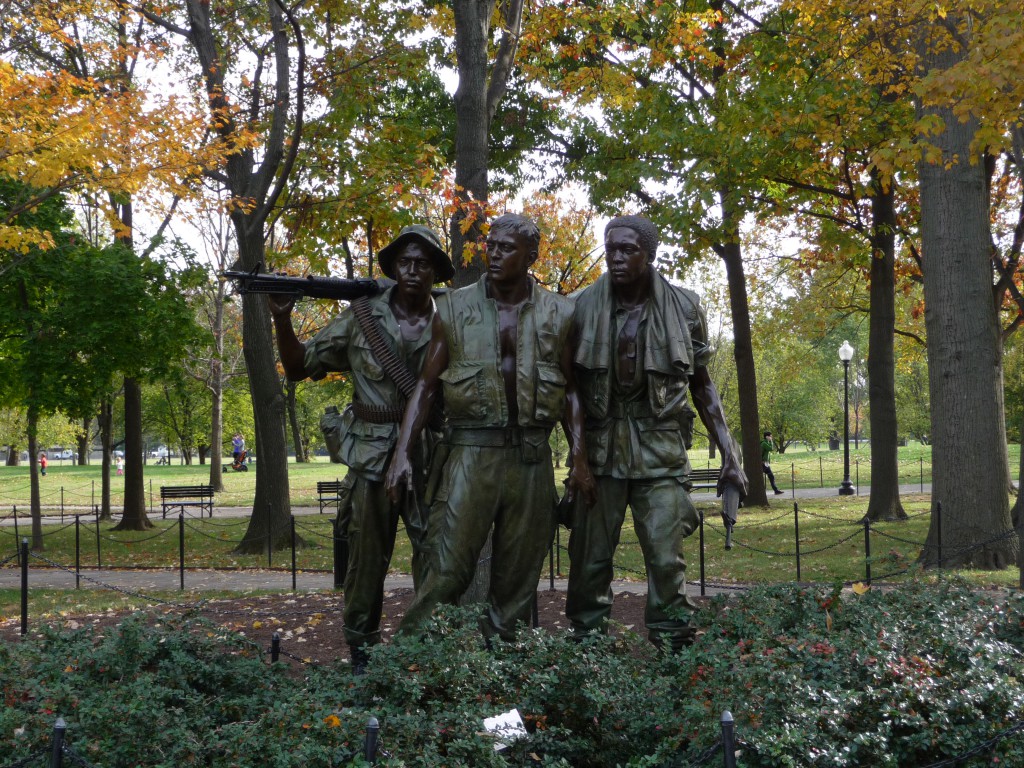
A sight we won’t soon forget: a small group of Vietnam veterans were visiting this statue, taking pictures of one another in front of it. One of the men was in a wheelchair, missing his right leg. We who have not known war cannot begin to imagine what it’s like for those who serve us, or the scope of what they give.
At the time of Tolkien’s passing, his stacked manuscript of The Silmarillion rose from his desktop and was literally held in position by the ceiling.
Solving a big problem in a story — achieving the victory — must come with consequence and real loss for the characters. If you don’t do that, you’re lying to the reader.
It’s not hard to kill a character. What’s hard is to make it matter.
Guy Gavriel Kay says: “I was killing characters before it was fashionable.”
He intensely dislikes our modern smugness toward past cultures, the belief that we’ve finally got it right, that we have the most enlightened understanding of medicine, philosophy, government, the roles of men and women, etc.
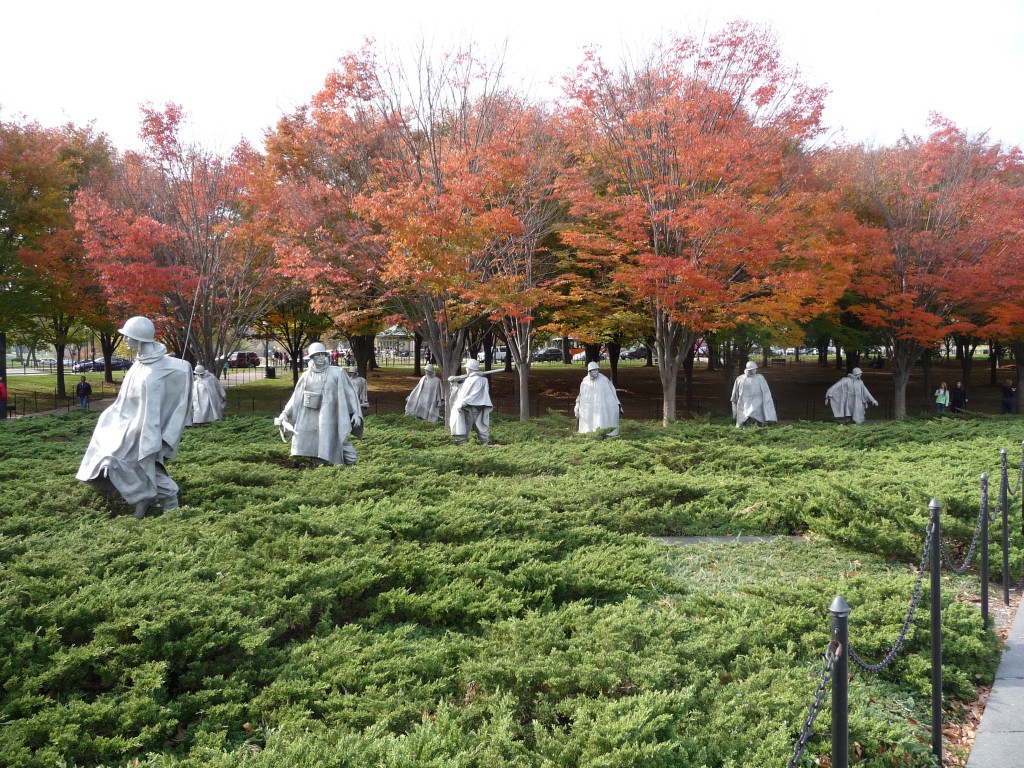
The Korean War Memorial
Make sure places aren’t static. They’re always changing. Reflect that!
The characters reveal the setting. It’s exactly the same place, but different characters will react differently and even SEE different things. Think of Erebor for Bilbo vs. Erebor for Thorin!
Howard Pyle, The Wonder Clock — a tale for every hour of the day.
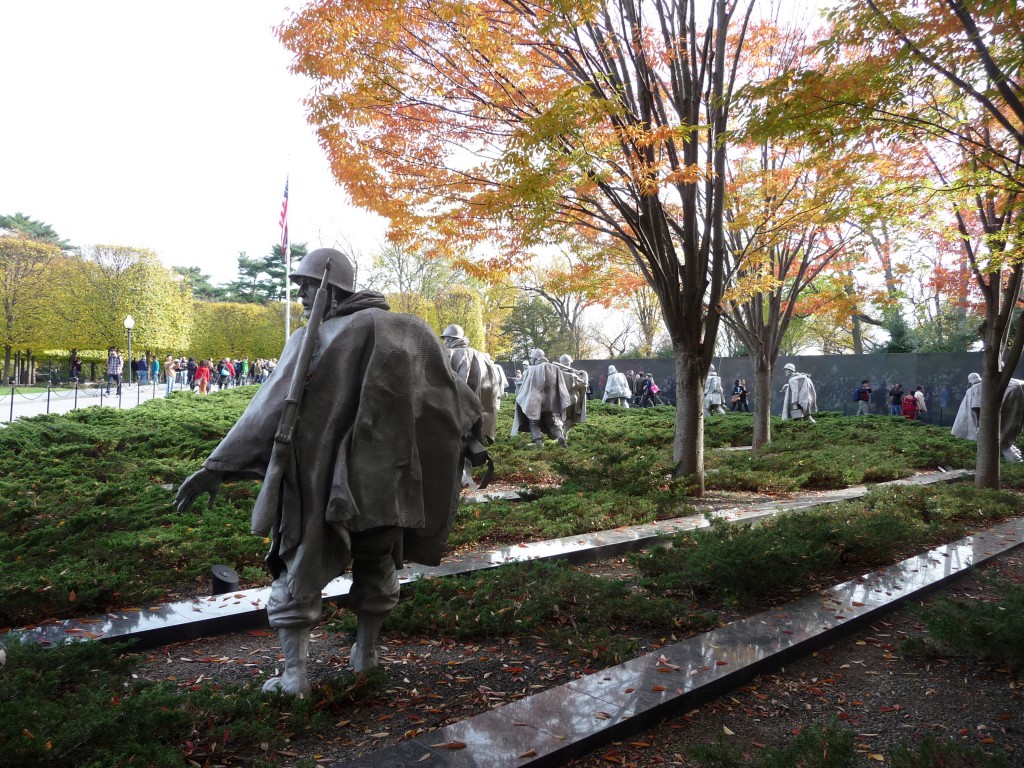
The platoon wearily, warily patrols, unearthly under their load of gear and rain ponchos.
Charles Vess made an excellent point: our minds are like hard drives. All we’ve absorbed at our ages is in there. Don’t think too hard — just let the ideas flow. “At my age, I don’t like to think.” And we don’t have to. We’re better off not over-thinking. The book knows what shape it needs to take.
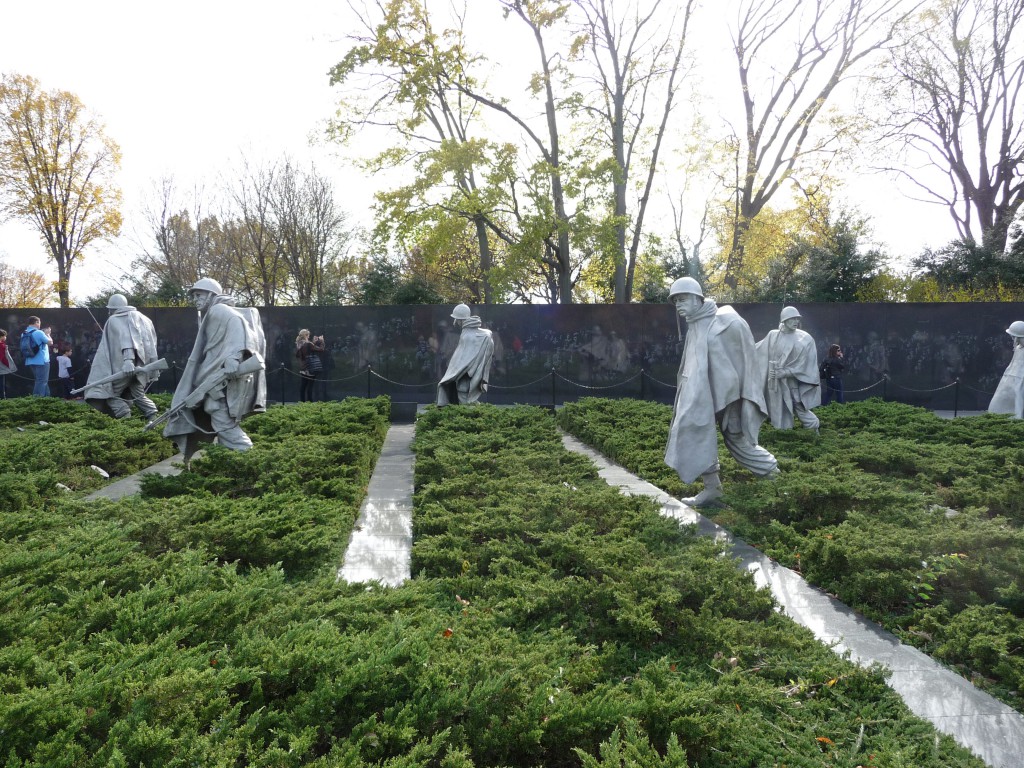
Vigilance, fear, courage, determination, loyalty, a devotion to duty . . .
The REAL Stardust is the one with Charles Vess’s illustrations, before Neil Gaiman re-sold it as text only (and this assertion came from a reader, not from the artist, who is a model of humility and gentle wit).
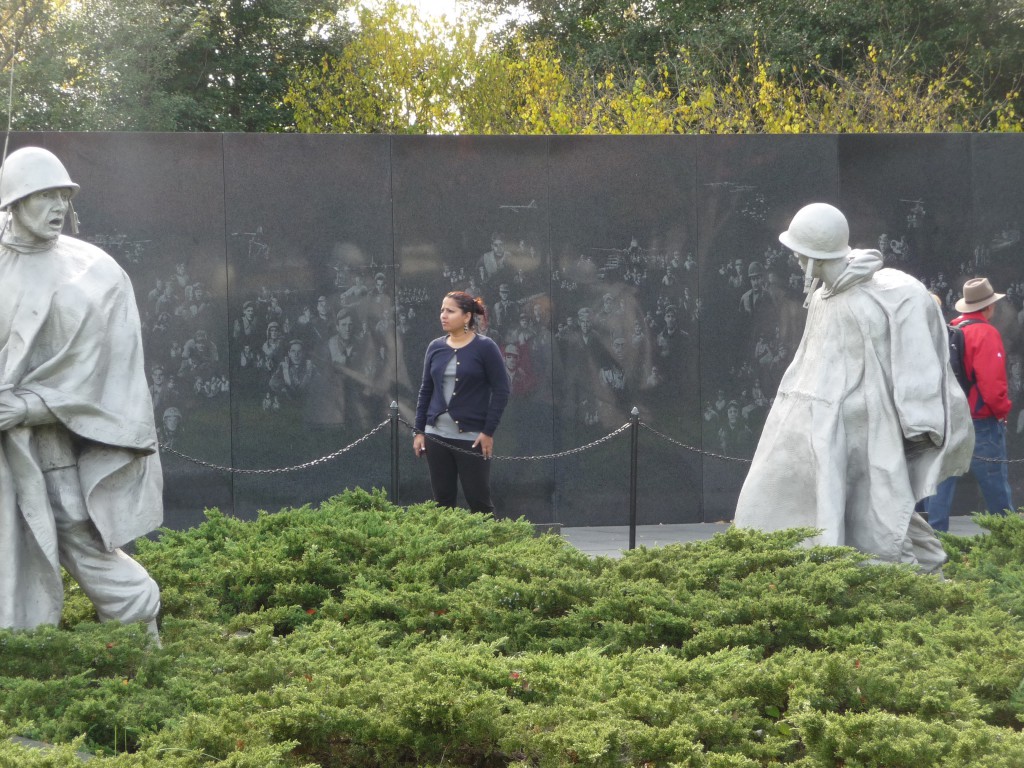
Note how the figures are reflected in the wall among the etchings of faces there, so many men and women of service, a great and silent company.
Patrick Ness, The Monster Calls.
Republishing a backlist gives an author the chance to write new introductions, edit, and undo things the original editors insisted on.
“That’s a whole kettle of fish of a different color.”
Liz Gorinsky points out that there may be 5 or 6 or 7 different “best” versions of a book, depending on the kind of edit it’s given. Some editors give it a world-building edit, some give it a character edit, some a romance edit, etc.
Farnsworth Wright, Weird Tales.
Caitlin R. Kiernan, The Drowning Girl.
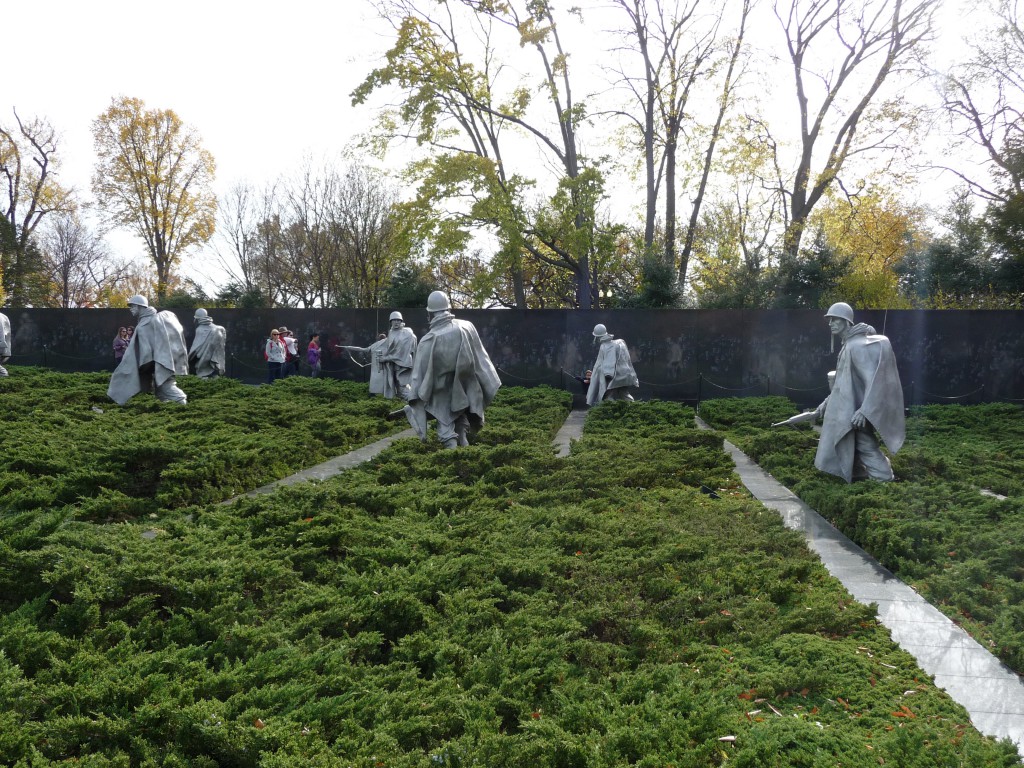
Adamant ghosts walking, far from the fields they died in, forever in the fields they died for
Caitlin R. Kiernan feels that these are THE three scary novels of the last fifty or so years (in no particular order):
The Haunting of Hill House, by Shirley Jackson
House of Leaves, by Mark Danielewski
Ghost Story, by Peter Straub

The Lincoln Memorial
Peter Straub agrees with us that “fantasy” best represents real life, because we constantly experience the uncanny. As he put it: “The unimaginable happens all the time.” Historically, writers — “real” writers, not ones labeled as “genre” writers — could use the fantastic, the grotesque, the macabre. These were legitimate tools. The ghettoization of genre is a recent phenomenon (and fortunately, I think it’s all changing again).
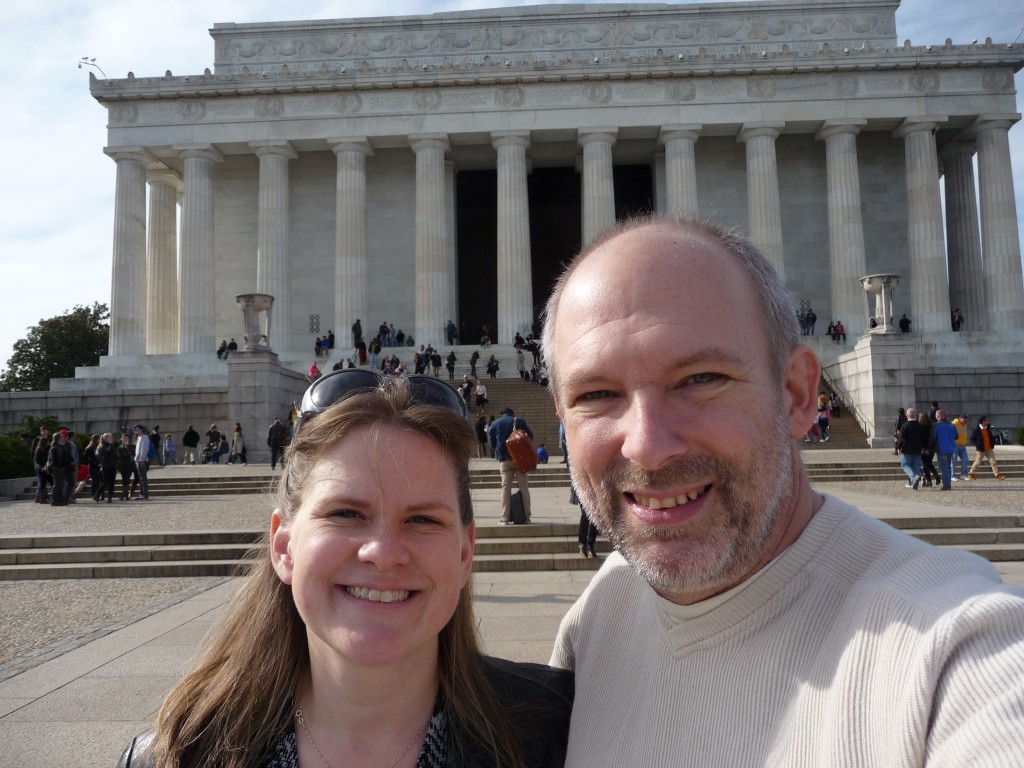
I was impressed with how big this temple is! It’s really an imposing structure.
Kiernan wrote Chapter 7 of The Drowning Girl when she was really sick with a high fever. The chapter became the heart of the book. The fever freed her from doubt and second-guessing.

Grand structure
As a communication major listening to writers talk about how they don’t think about the audience while writing novels, Julie had some interesting thoughts about a dichotomy in types of writing:
Poetry vs. Rhetoric
Art vs. Communication
Artist-centered vs. Audience-centered
Beauty/Makes you feel vs. Action/Makes you act; persuasion

From the front steps of the Lincoln Memorial
“All books are fantasy,” says Caitlin R. Kiernan. “It did not happen.” That’s in perfect agreement with what I’ve always said: that if we’re going to label the “fantasy” section, that “fantasy” sign should be hung over the entrance to the bookstore. At the very least, this is true of fiction books, no matter how carefully researched and realistic they are.

The Great Emancipator
Gary Wolfe says a lot of people read Gormenghast and then realize it’s not a fantasy at all.
Frazier’s The Golden Bough collected all sorts of superstitions from many cultures — things people believed.

Abraham Lincoln
Natural athletes rarely become coaches. They can’t explain or teach what they do. The good coaches are the ones who have had to learn it.
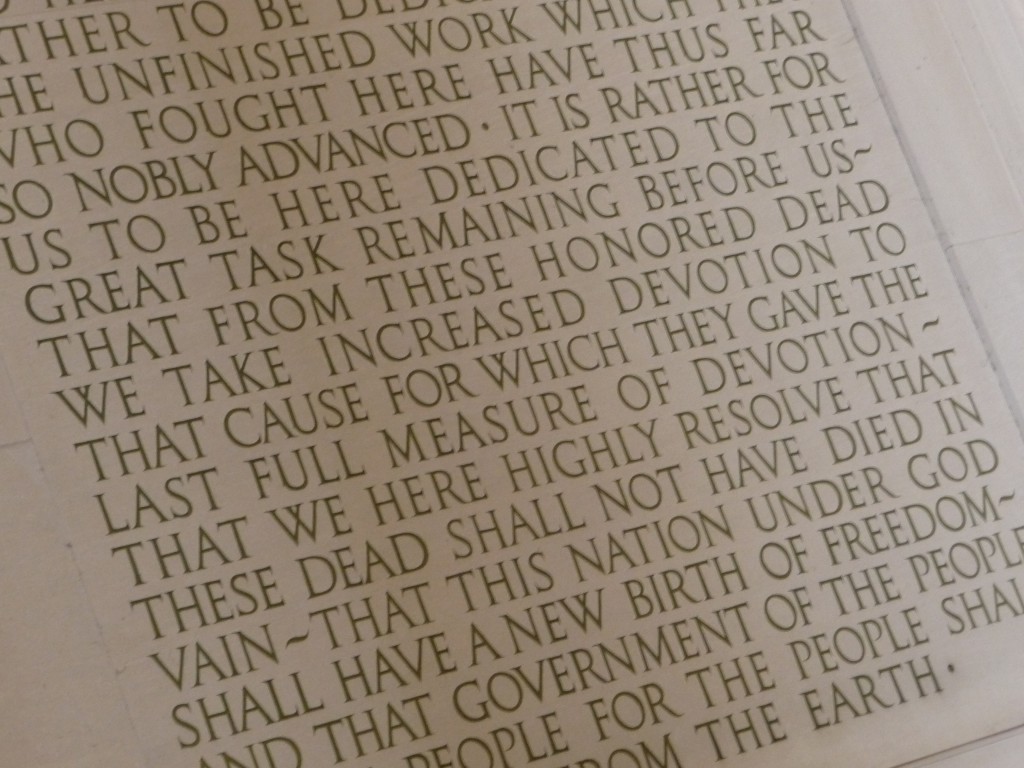
At the Lincoln Memorial
It’s much easier to create a sense of wonder about things that aren’t seen up close, that are only hinted at.
Nancy Kress has written 33 books so far!
Writers who started writing and publishing very young: Asimov, Tanith Lee, Moorcock, Bradbury. Beagle was 19 when he wrote A Fine and Private Place.

16th President
Picasso model: very focused from the beginning, knew he would paint.
Cezanne model: experimented with various forms, discovered his real work much later in life.
Both arrived at greatness.
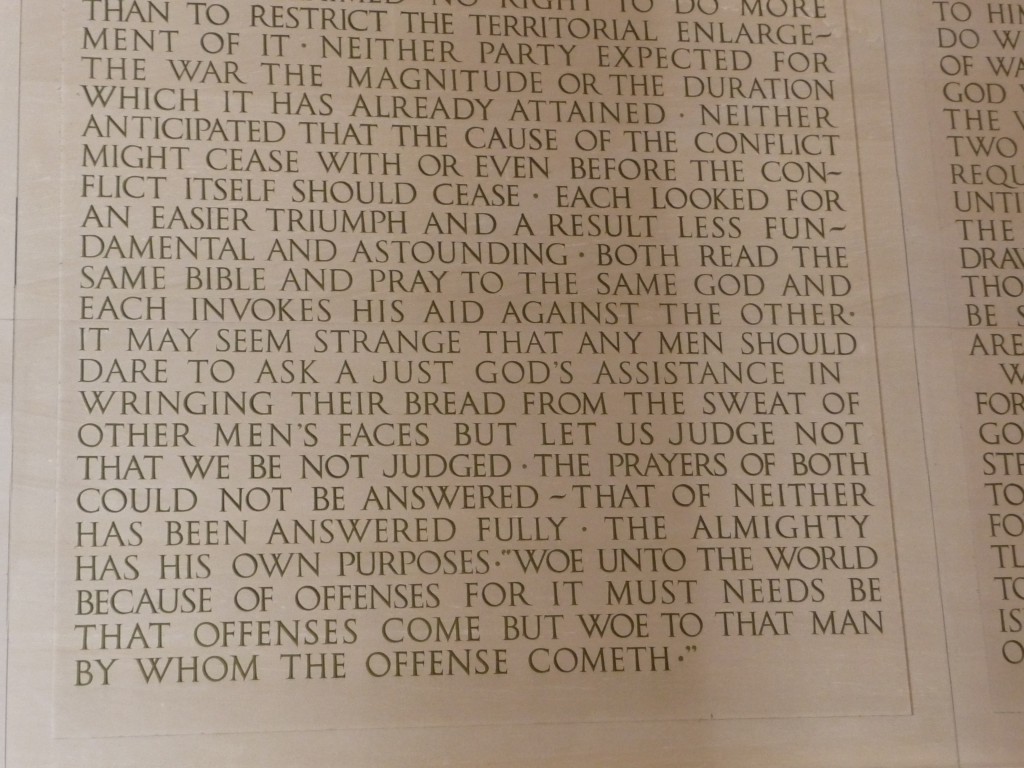
Immortal words
Chelsea Quinn Yarbro says that writers tend to start writing horror later in life.
She says first novels (and novels by younger writers) tend to have rushed endings. But you have to let the reader catch up with you. Take the time that the ending needs.
Nancy Kress says the pace in her stories has slowed down as she’s aged. She wants to put more of those details in, all those things that make the characters and story more real.
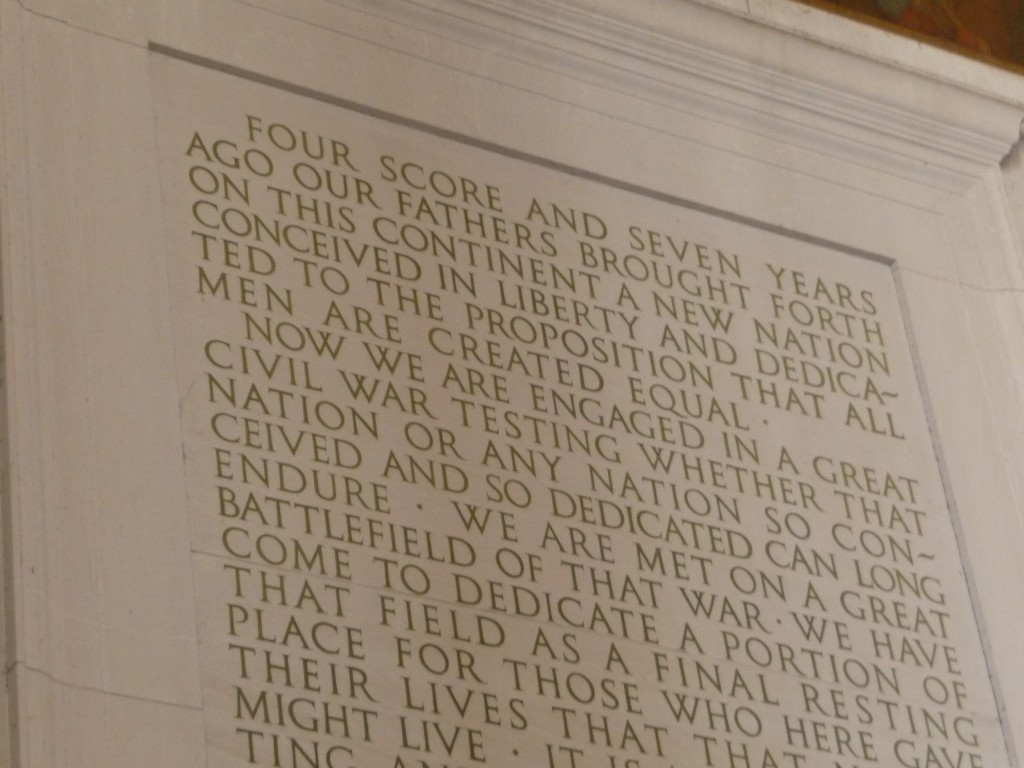
At the Lincoln Memorial
LeGuin said her writing got leaner and more spare over time, because: “You can’t take everything with you as you journey on.”
You have to change and make progress over time. You have to keep breaking new ground.

Grand, solemn space
A writer never forgets a shortcut, which is not a good thing. Don’t take shortcuts that aren’t good for the book.
Yarbro says, “If you feel it’s getting easier to write, you’re doing it wrong.”
It took her 21 years to get one particular project sold. So don’t give up!
Kress made the point that you have to be better at the beginning of your career than at any other time, because you’re competing against recognized names. If two stories of equal quality come in, one from an unknown, one from a recognized name, the publisher is going to go with the name.

Our captain through the stormiest seas
Down from the mountain; by grace, with courage and care, back into the work!

